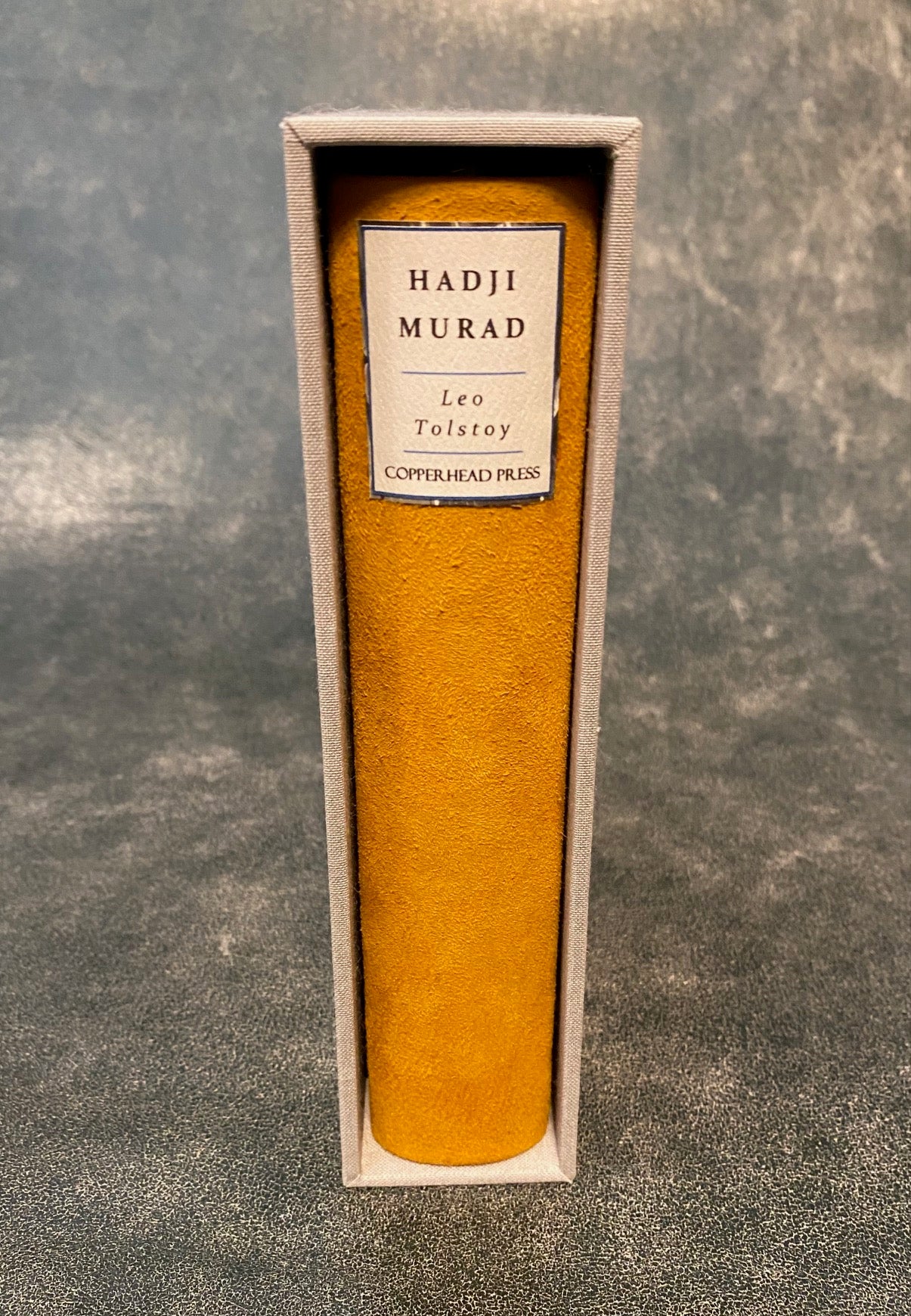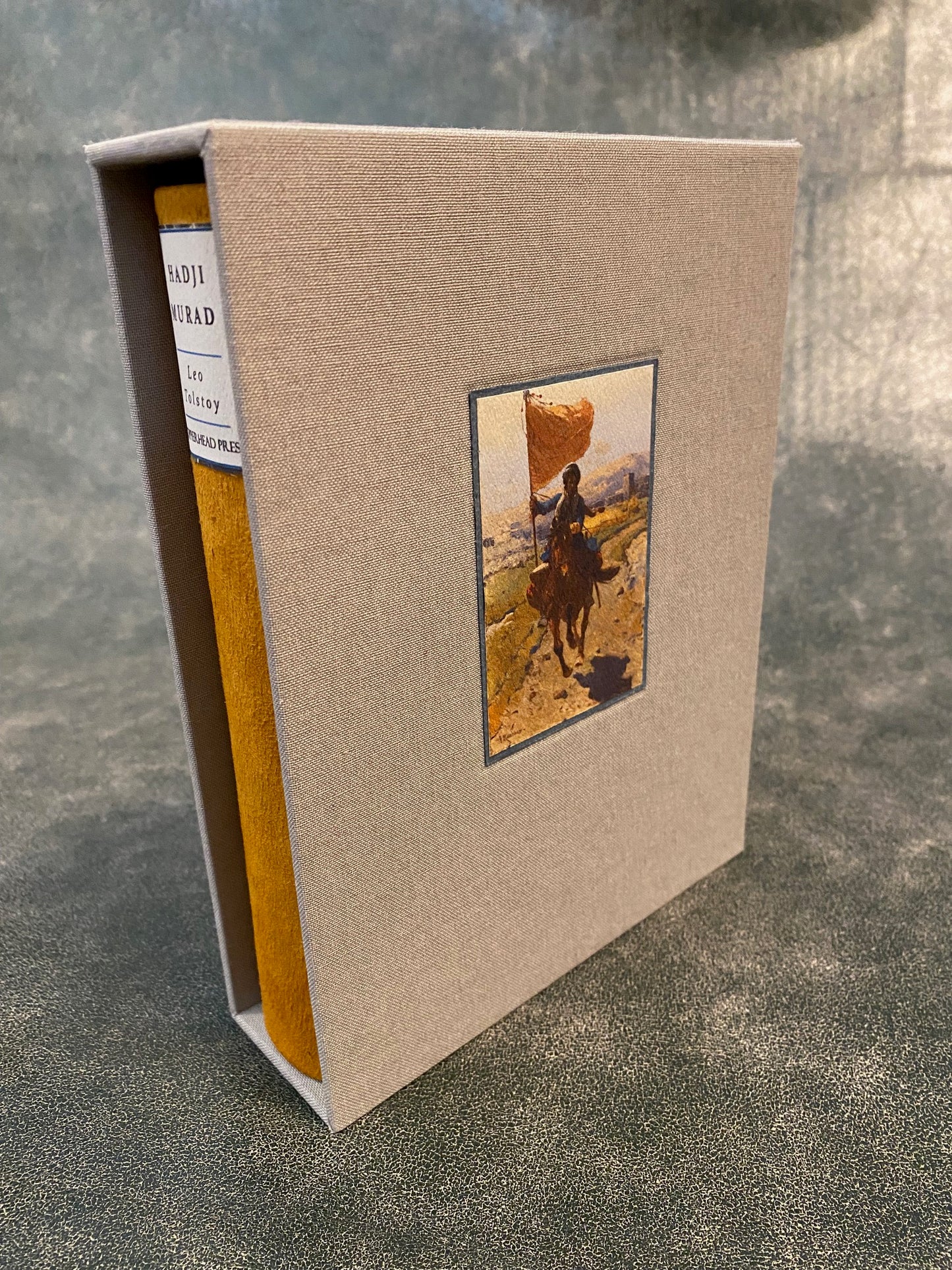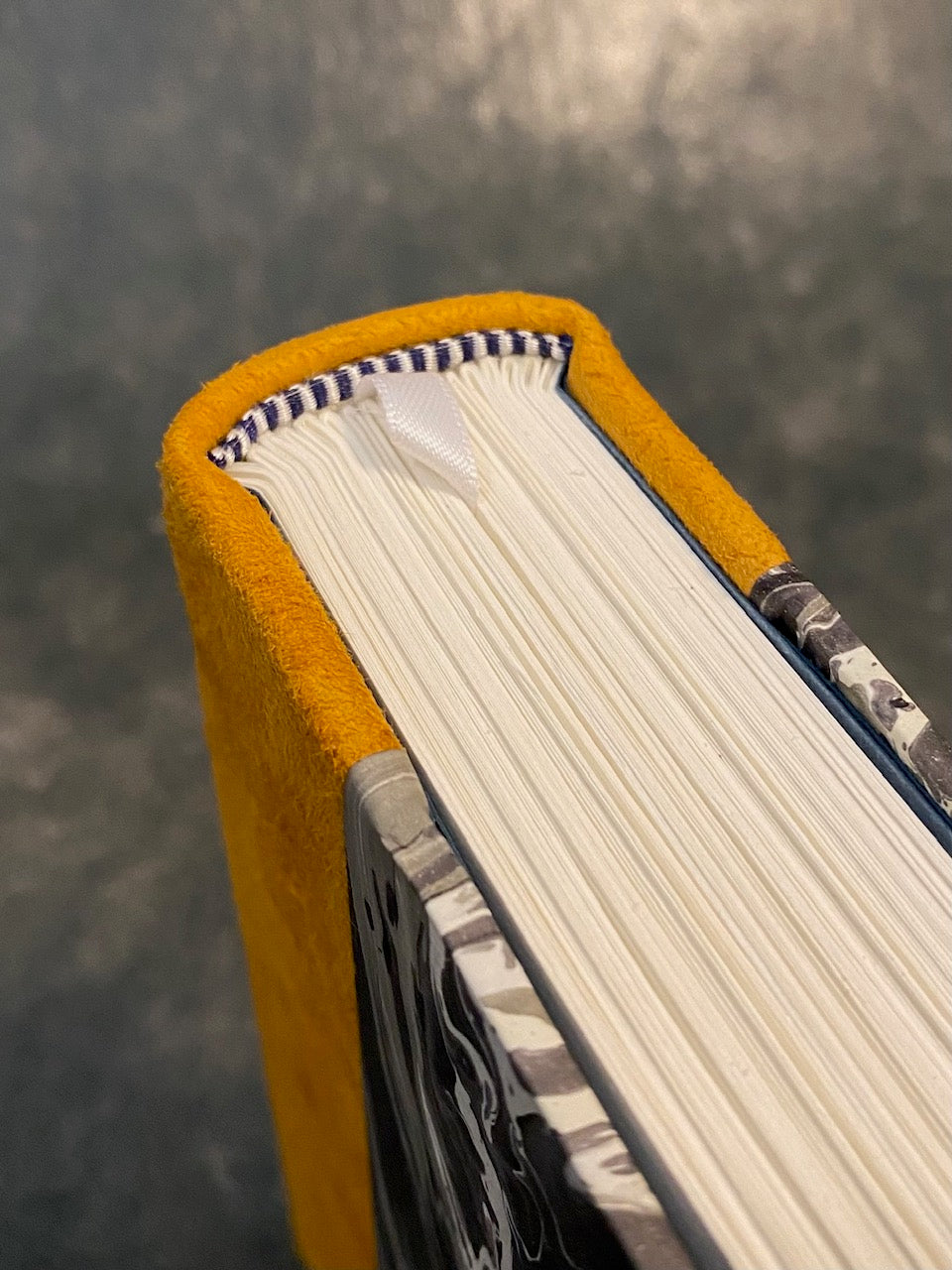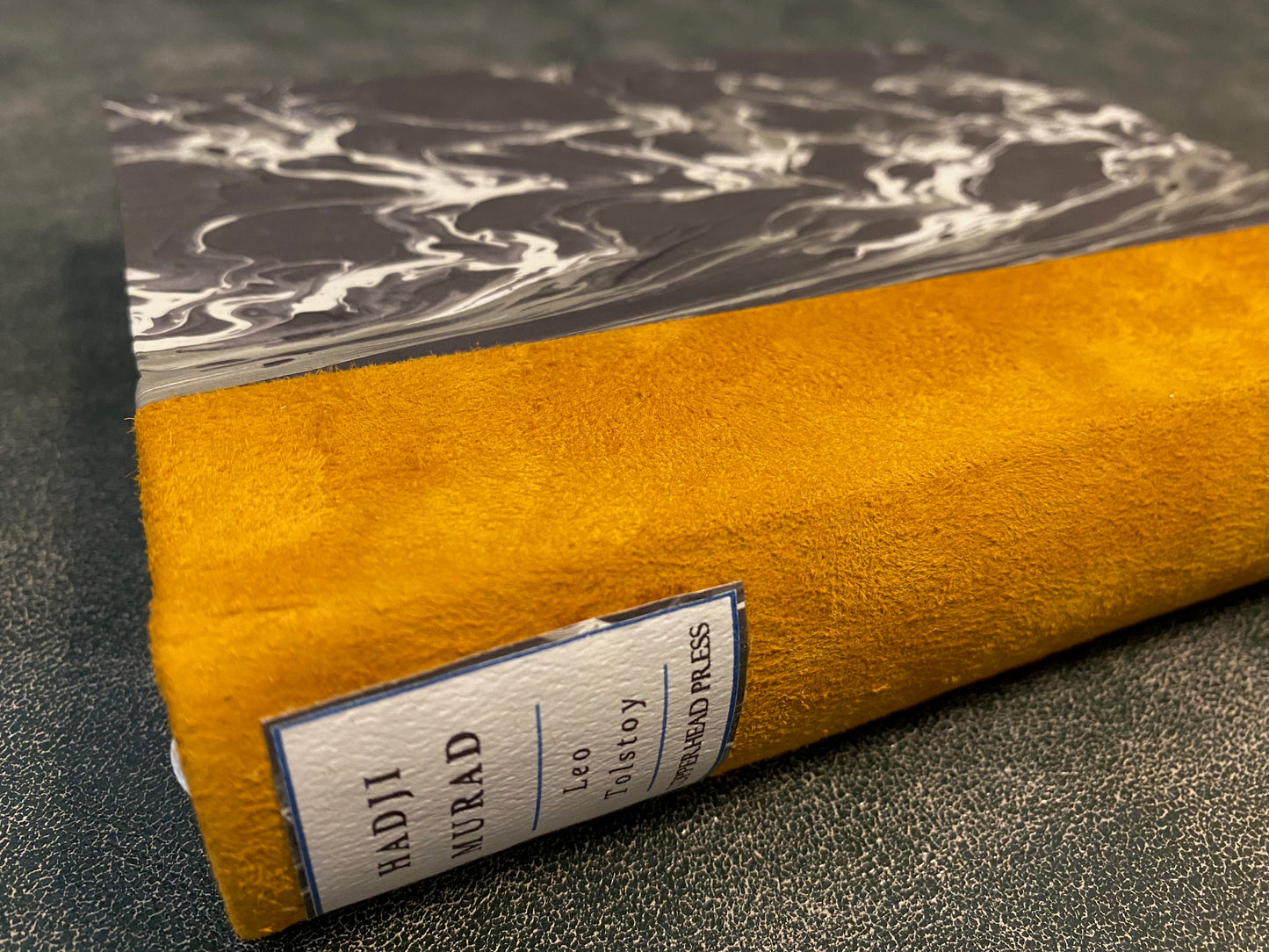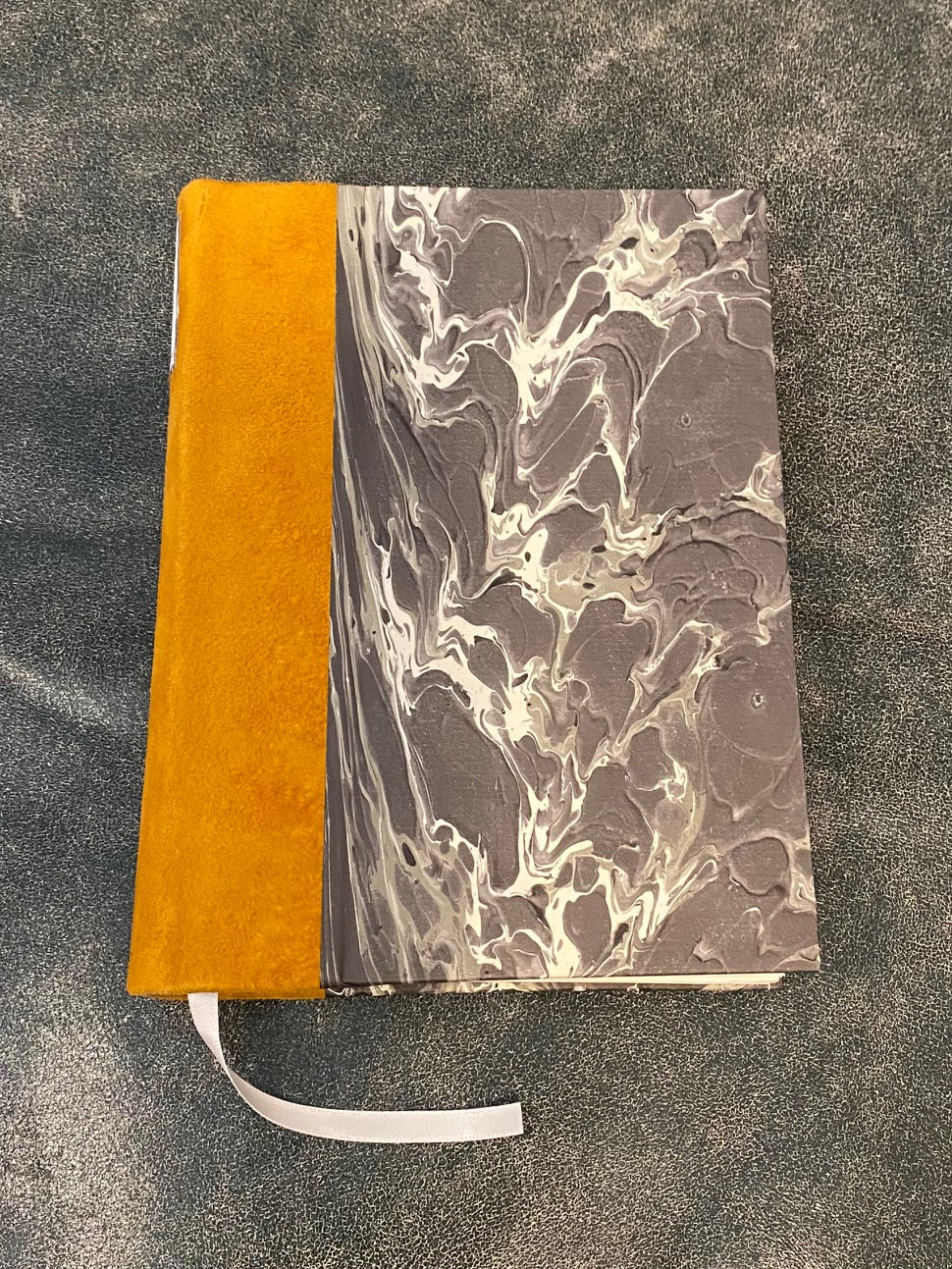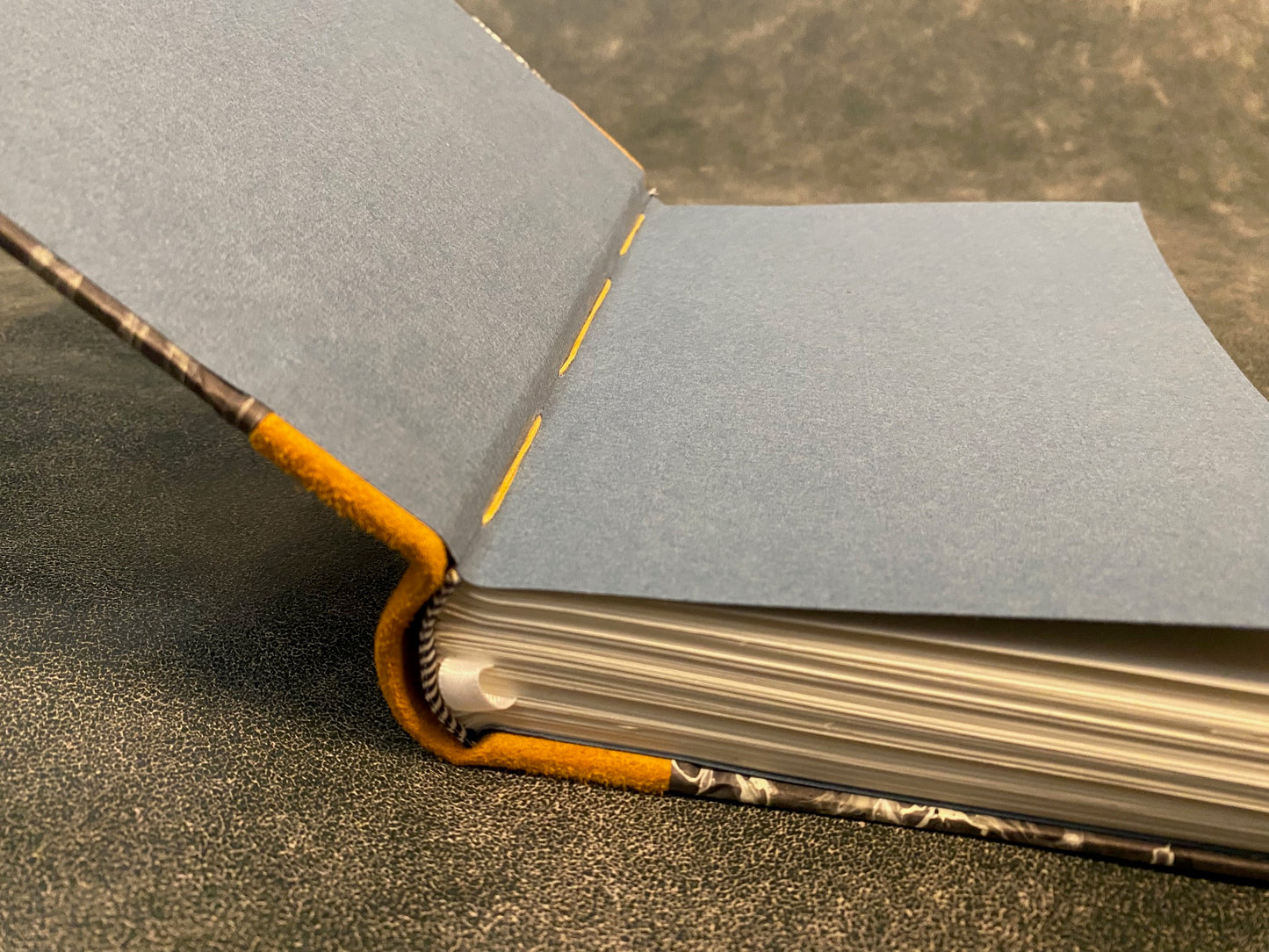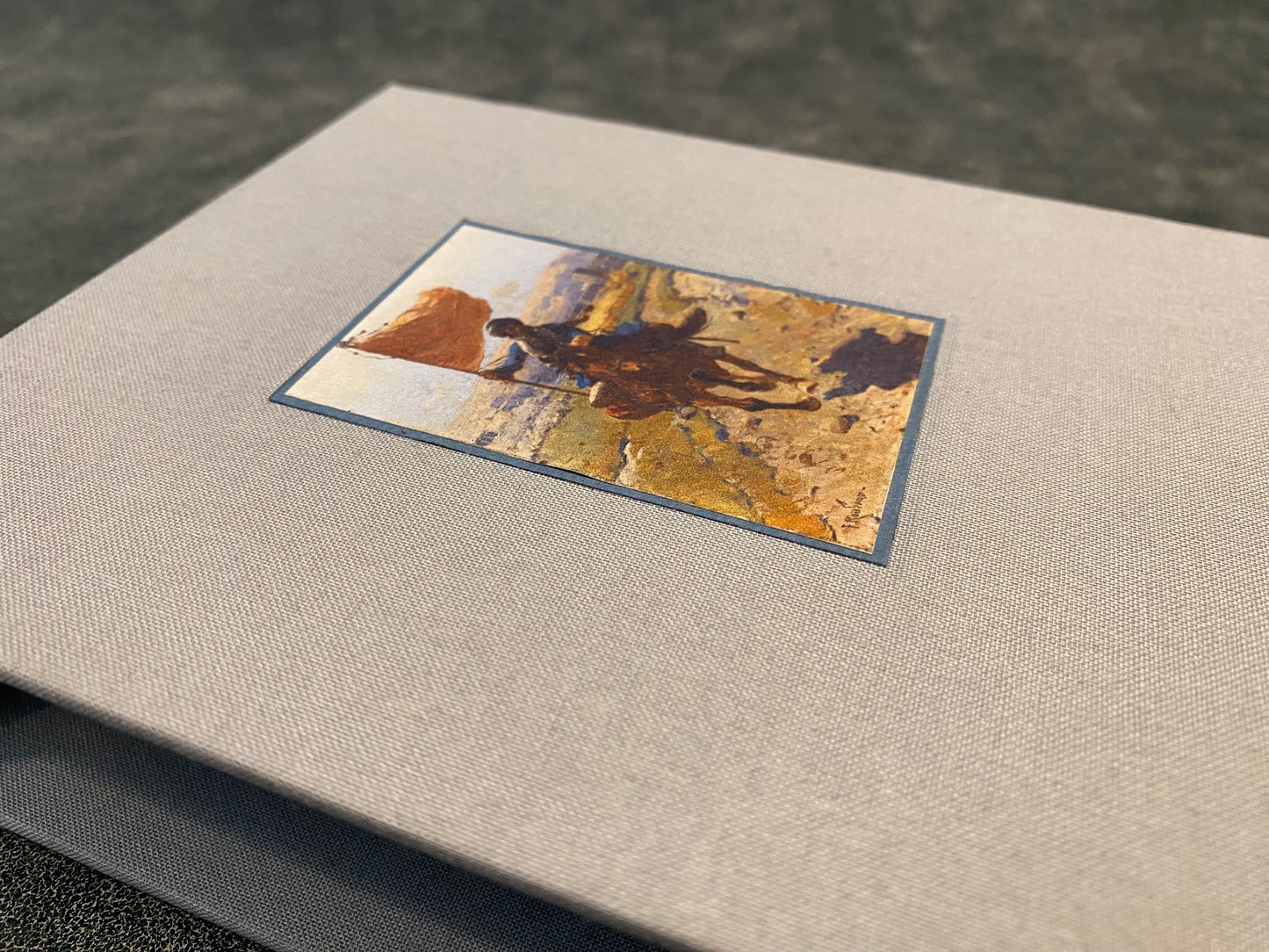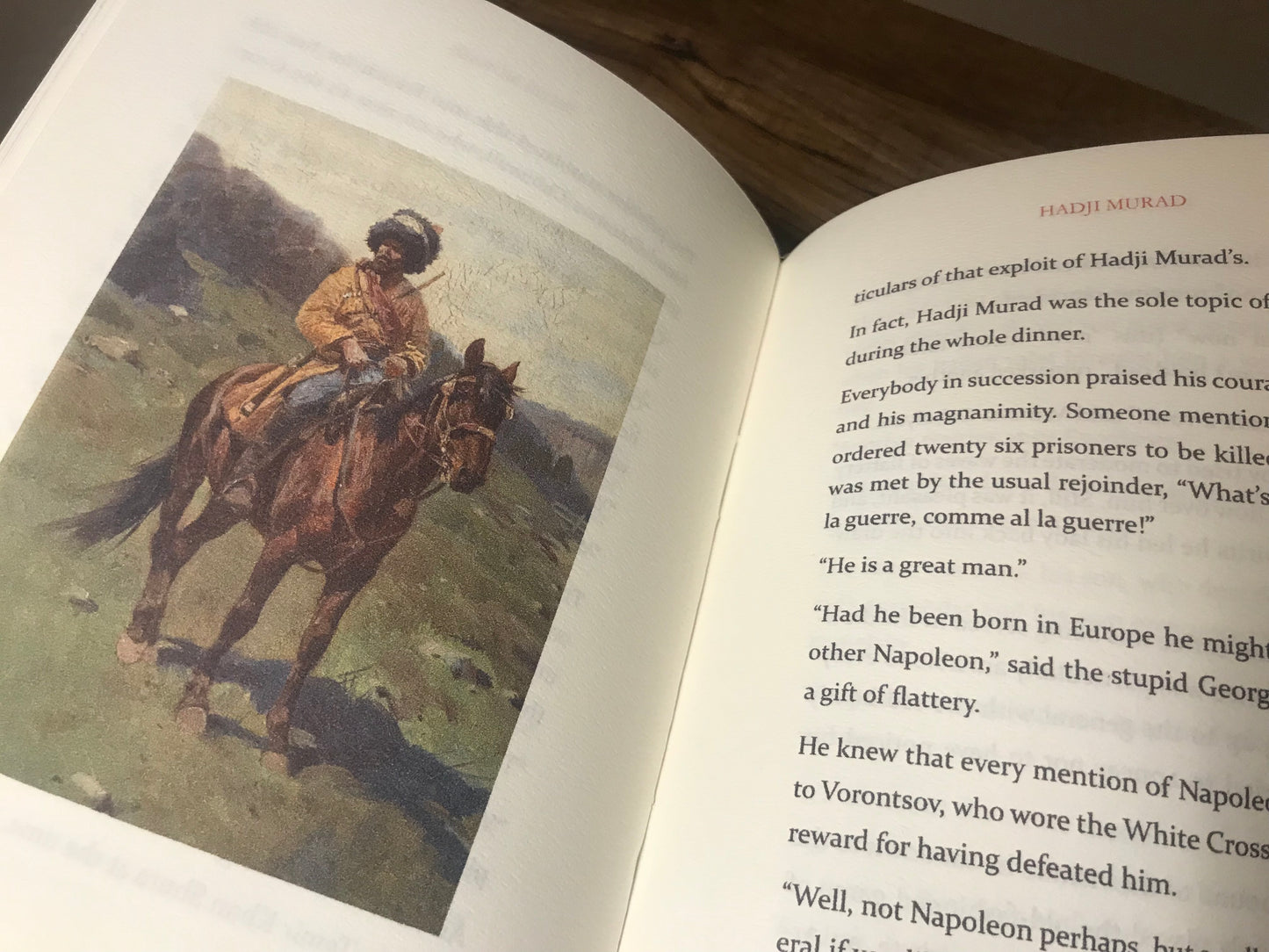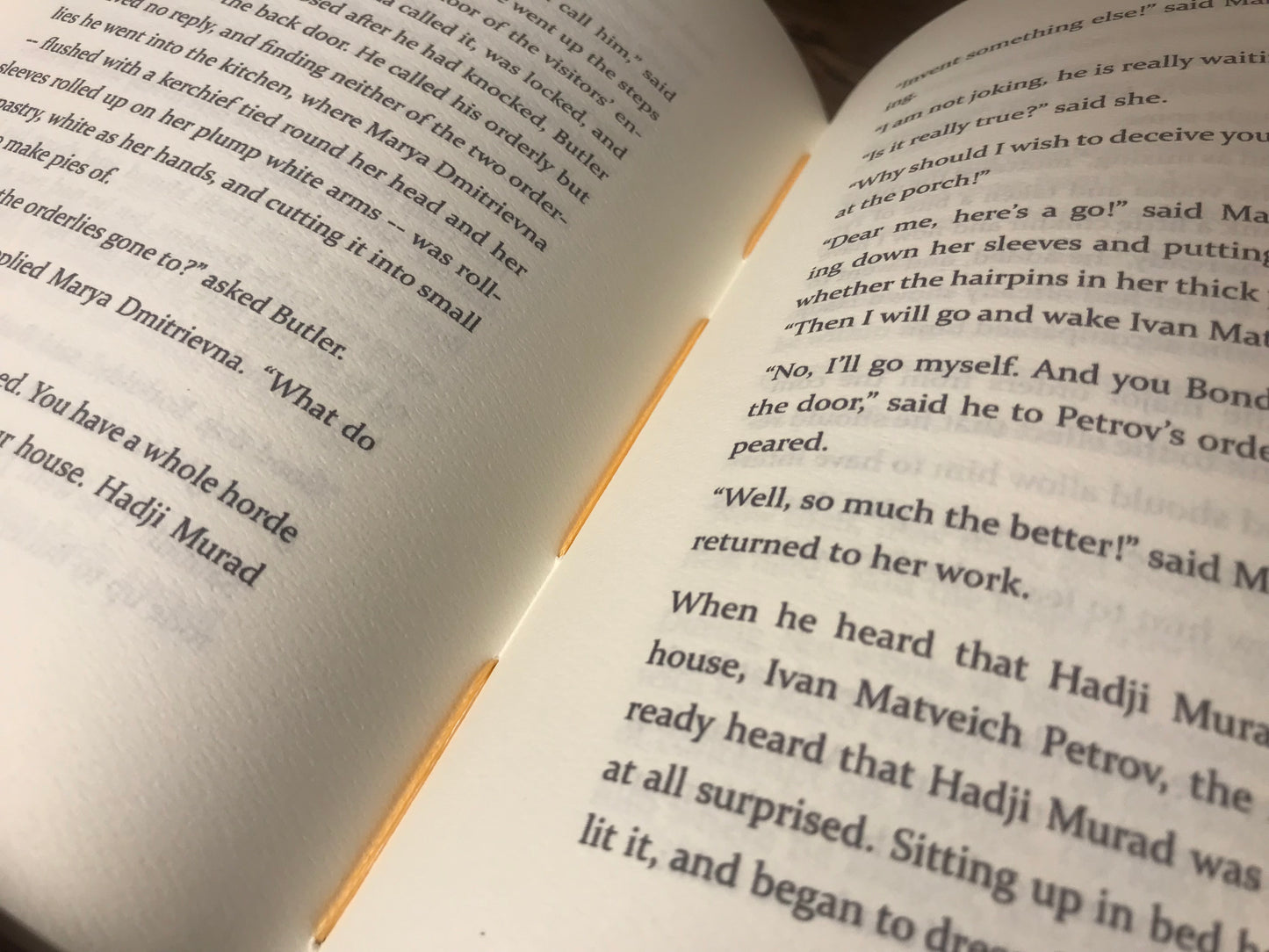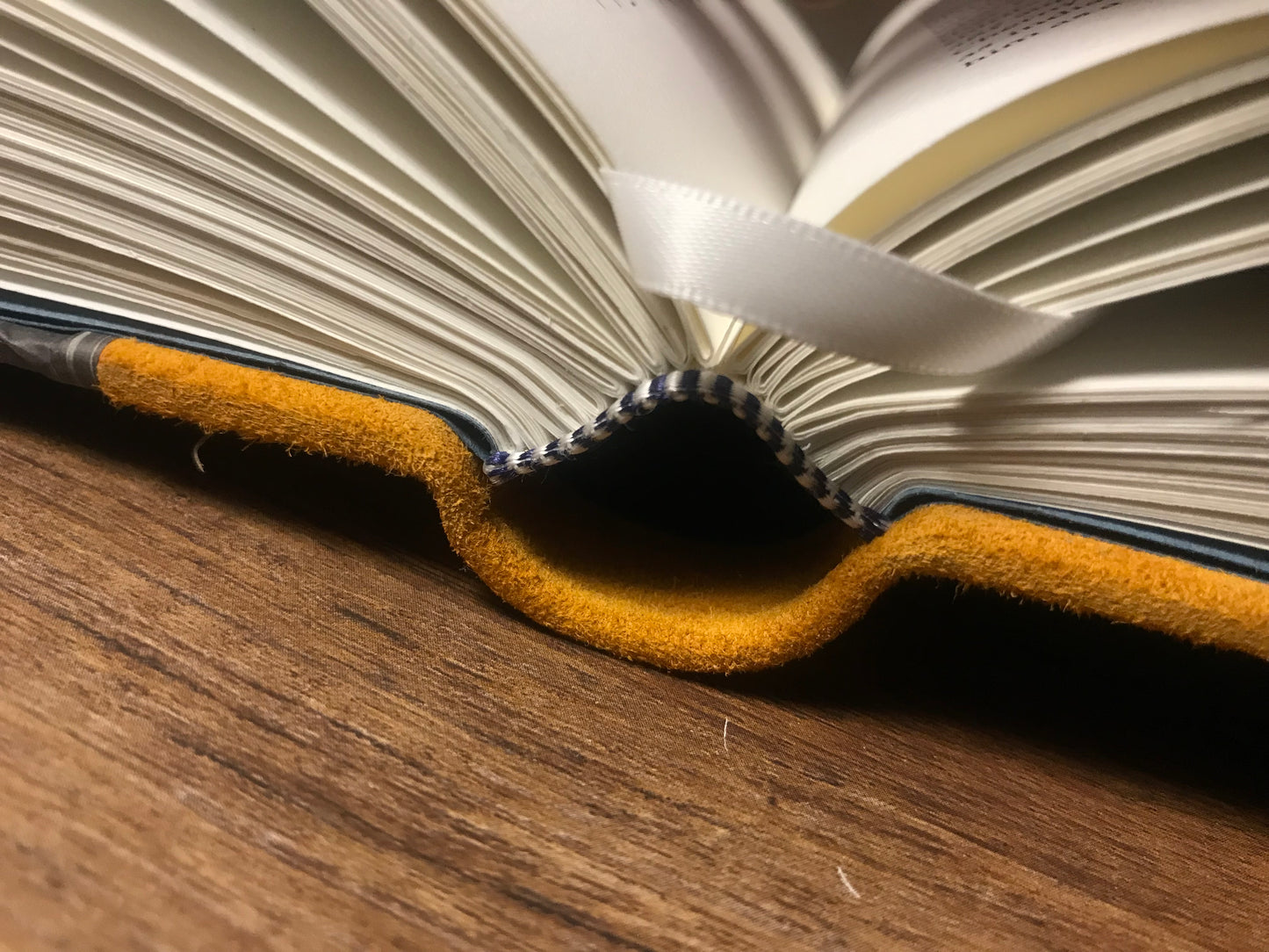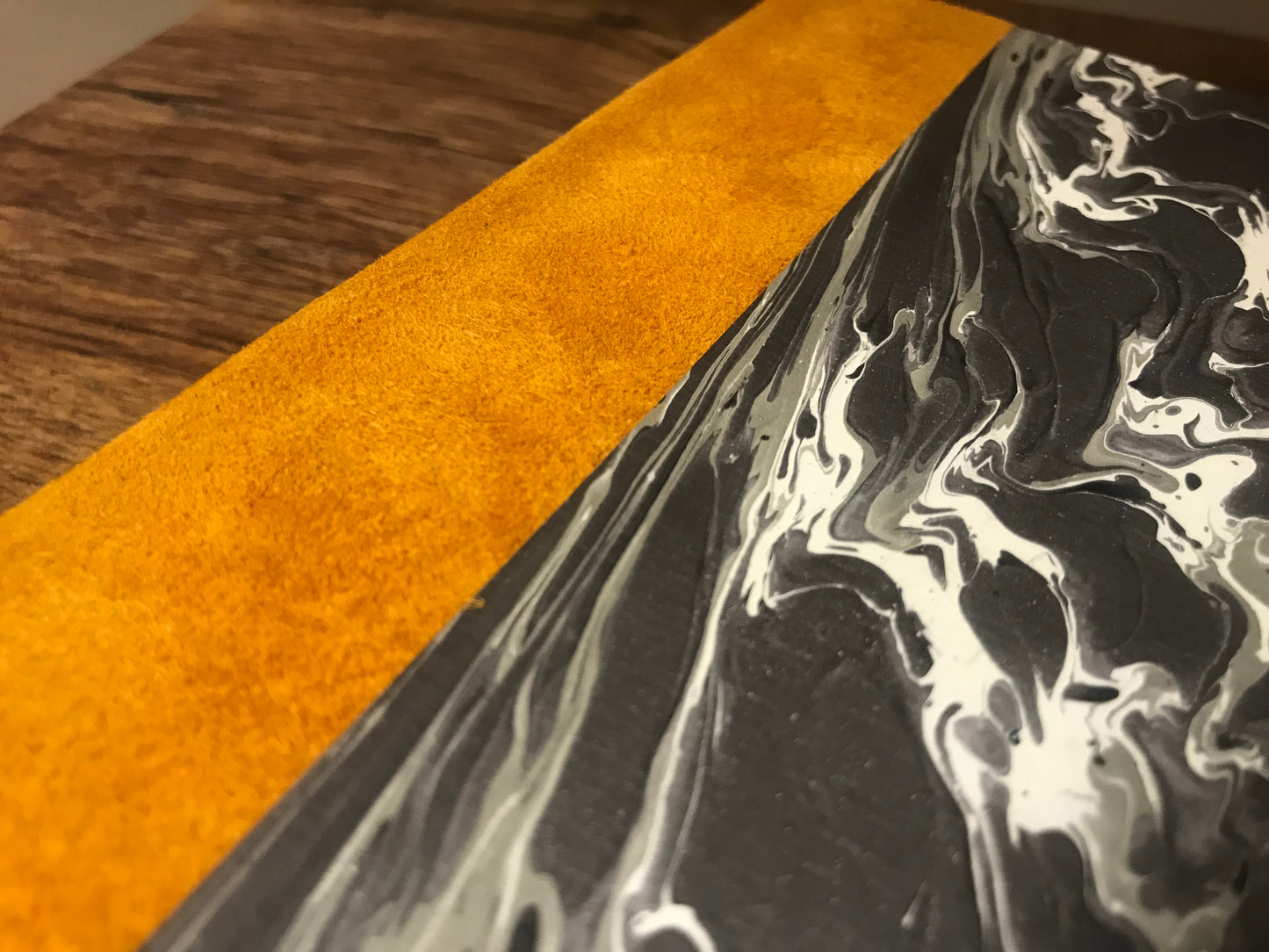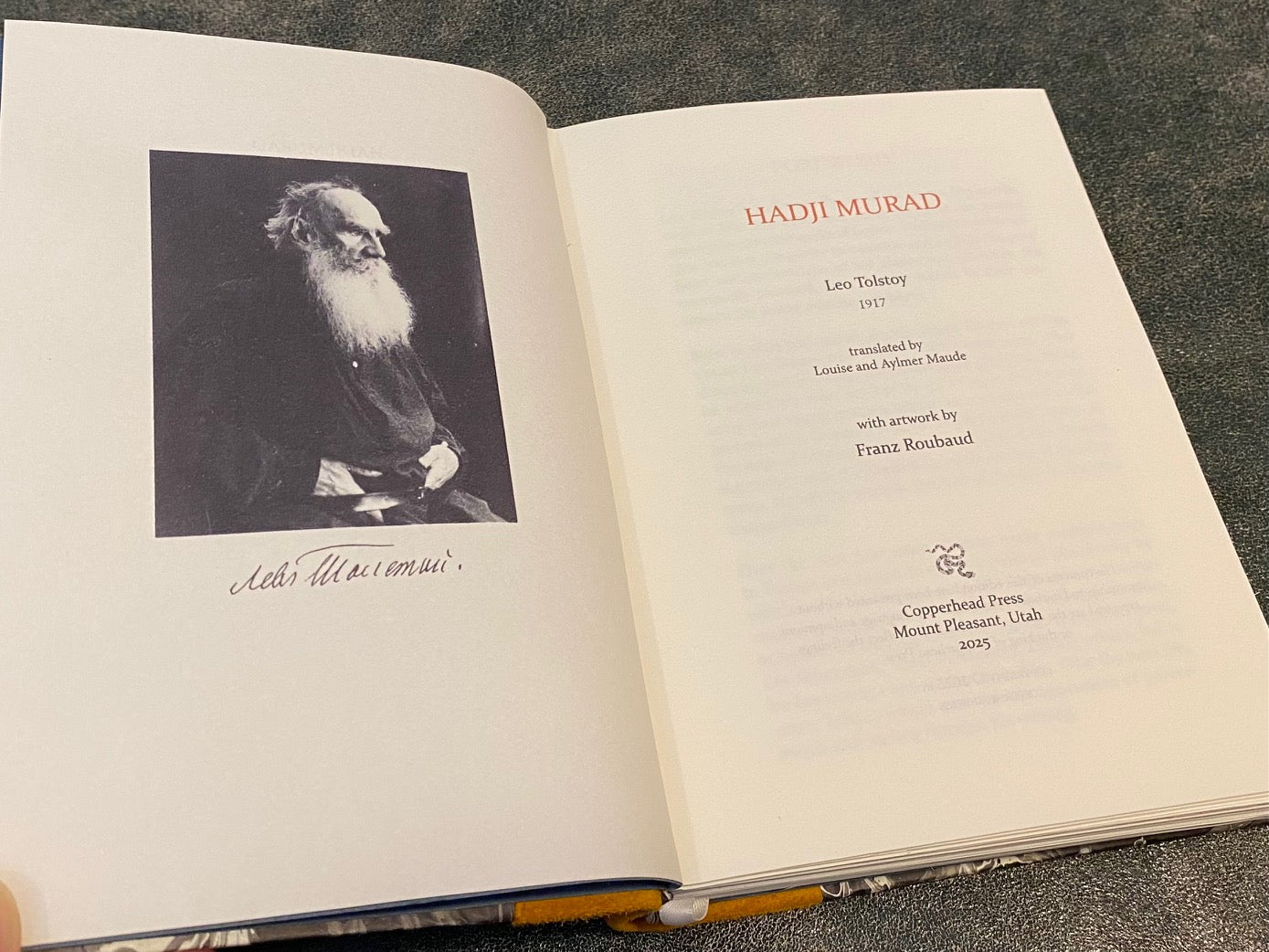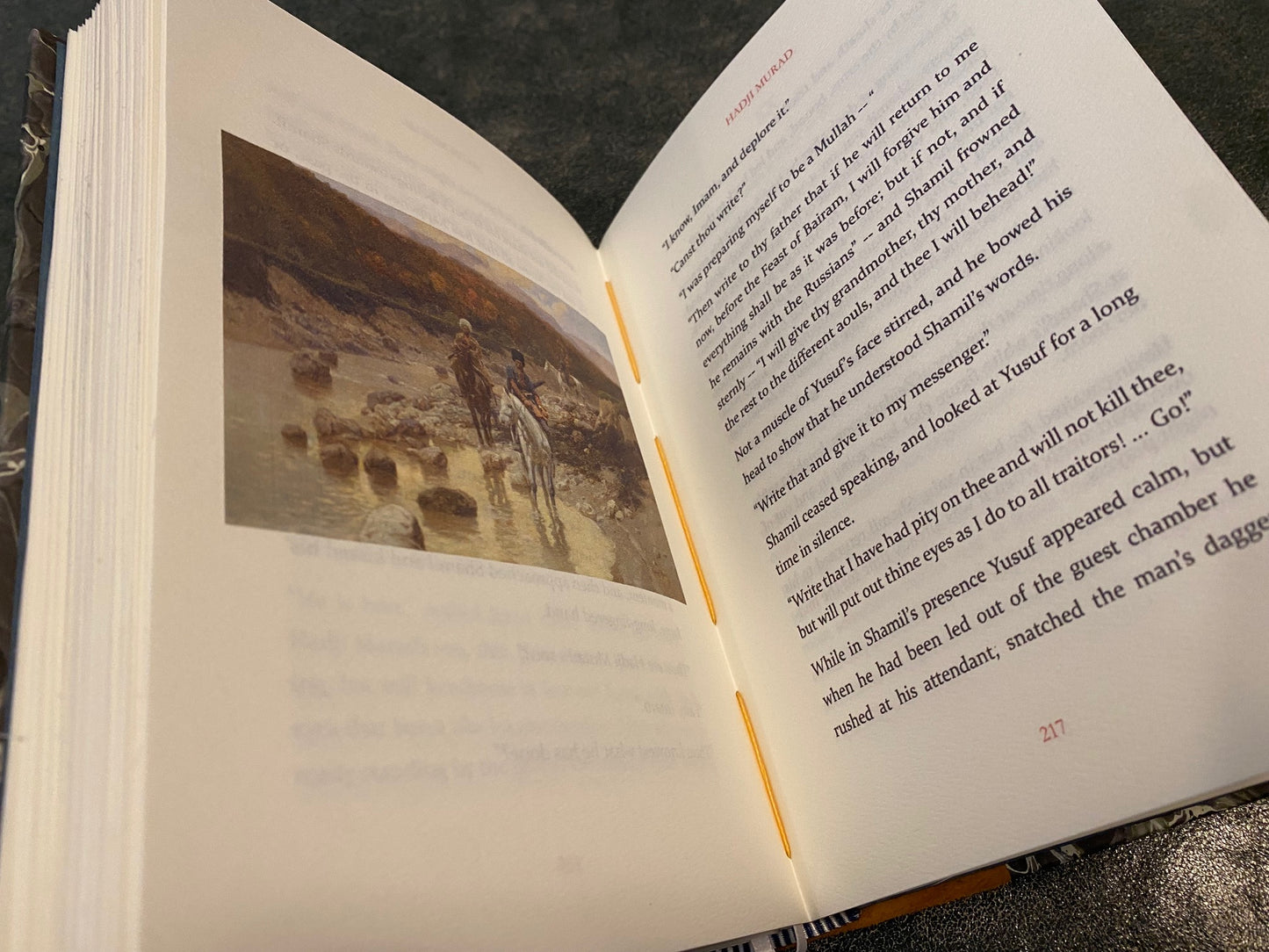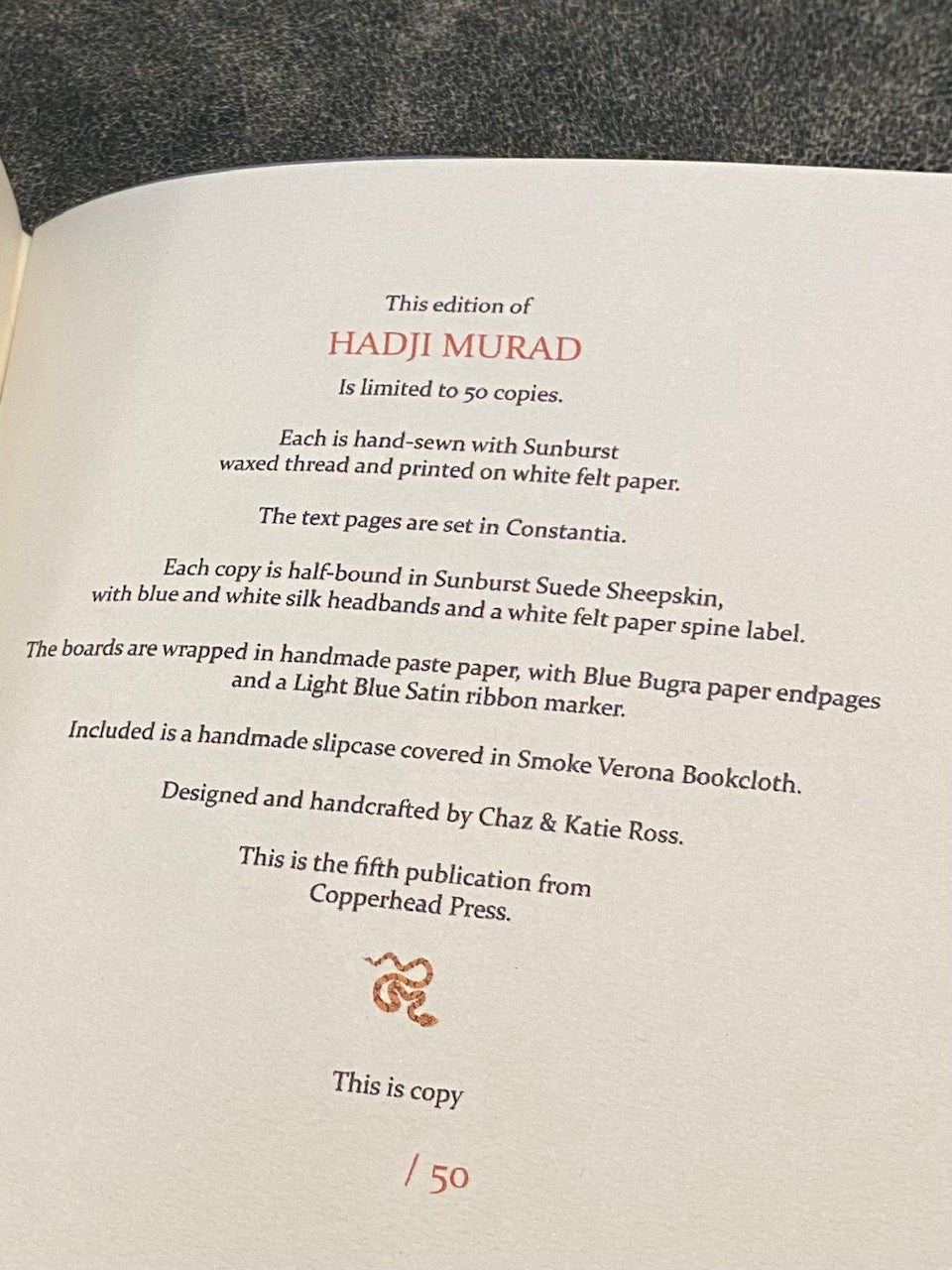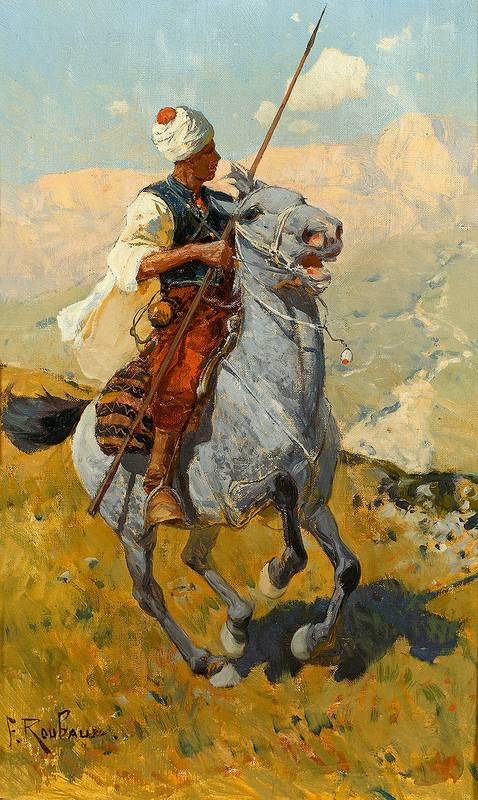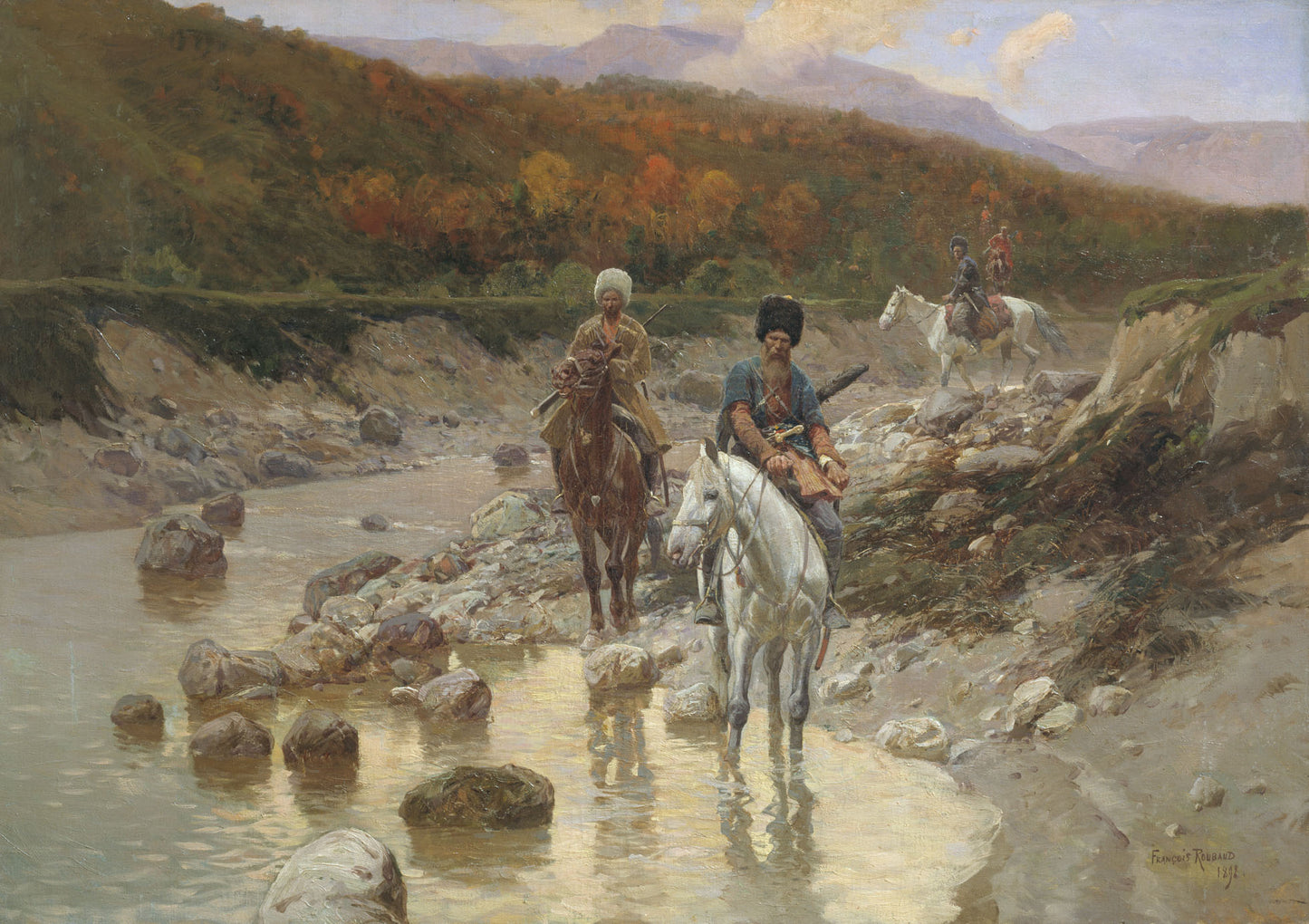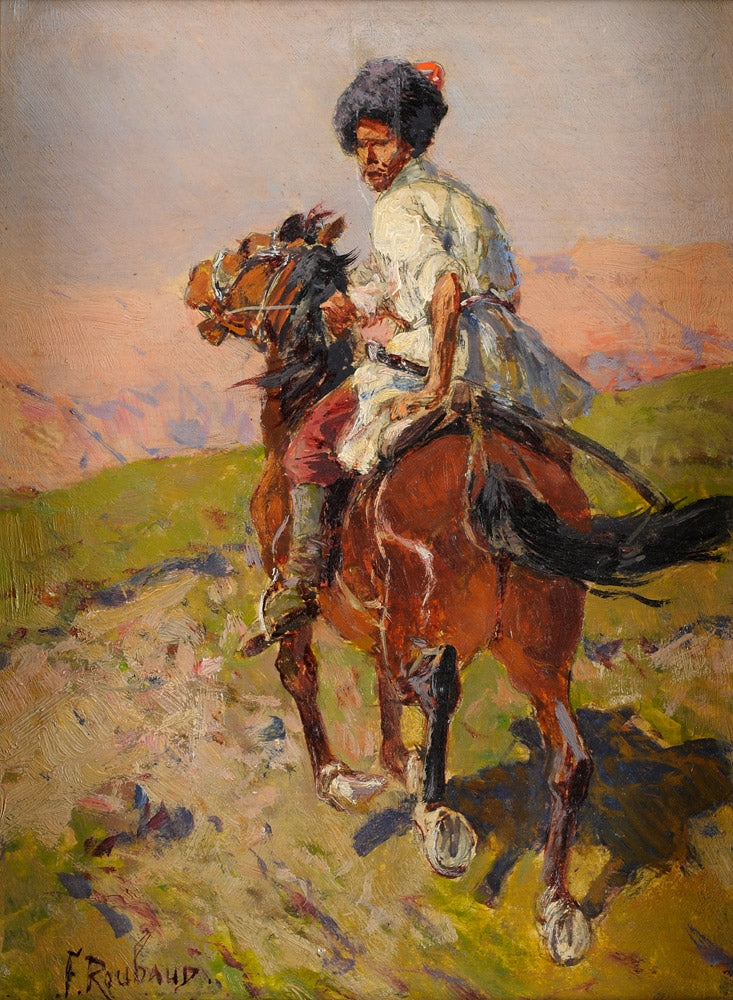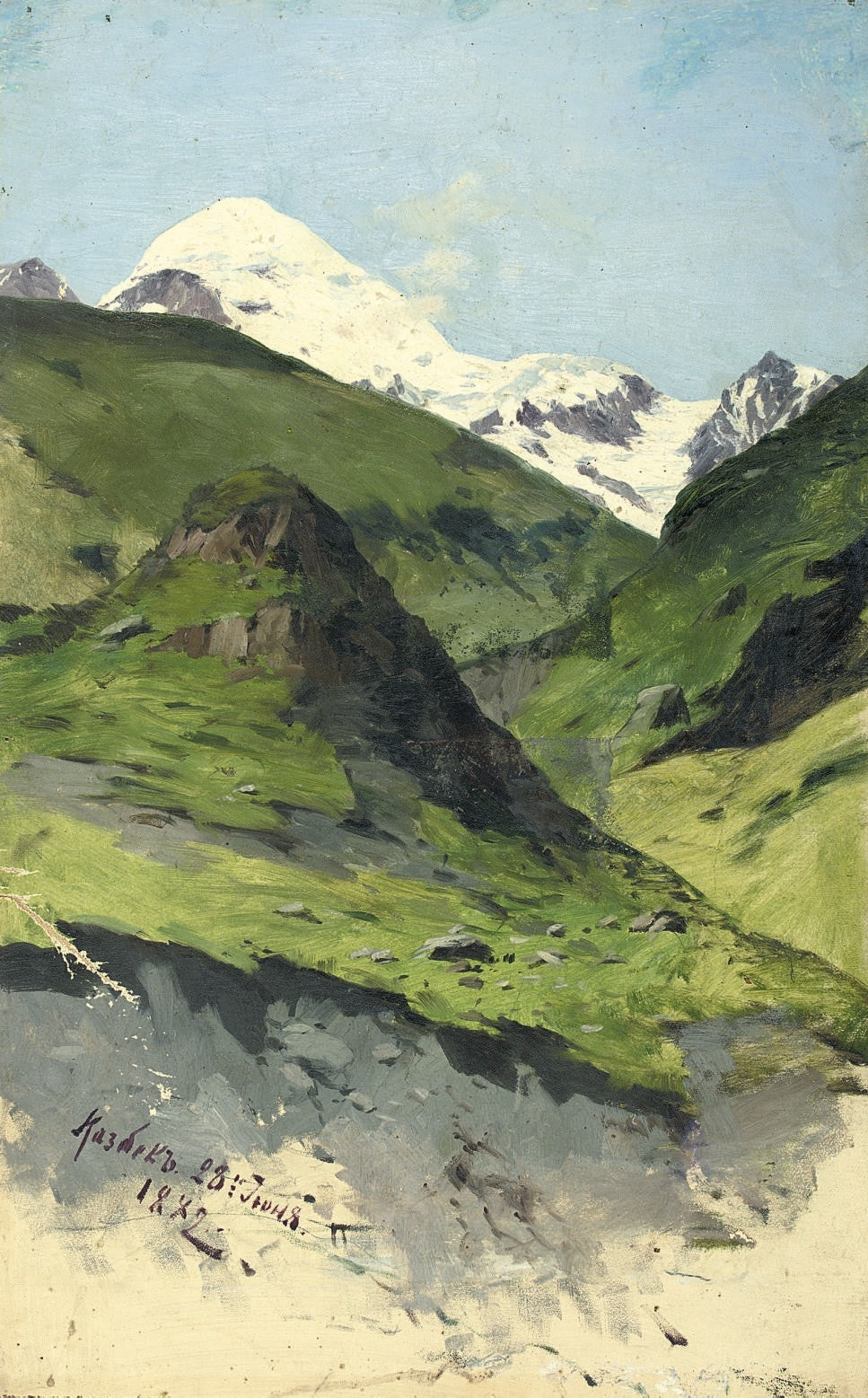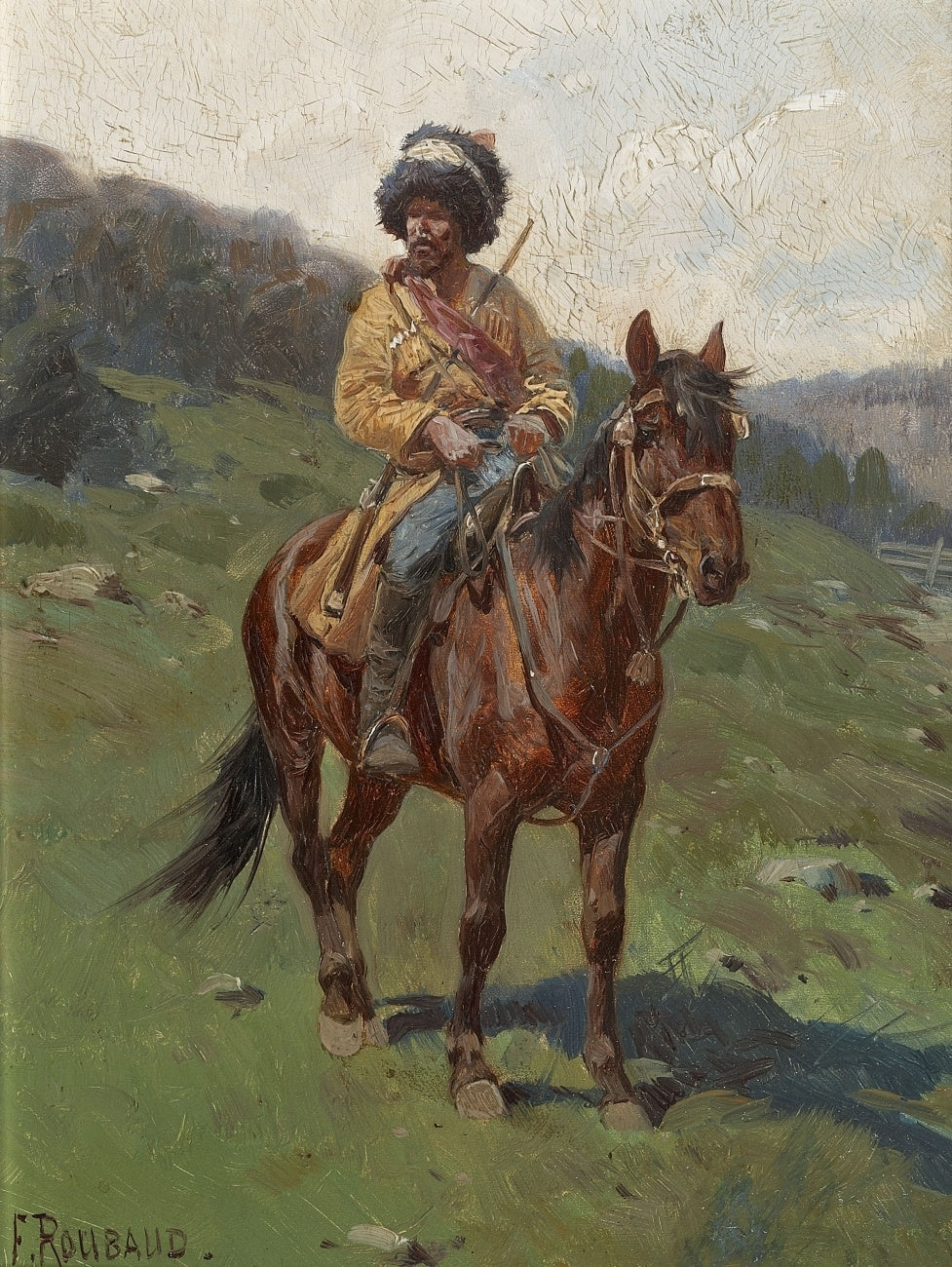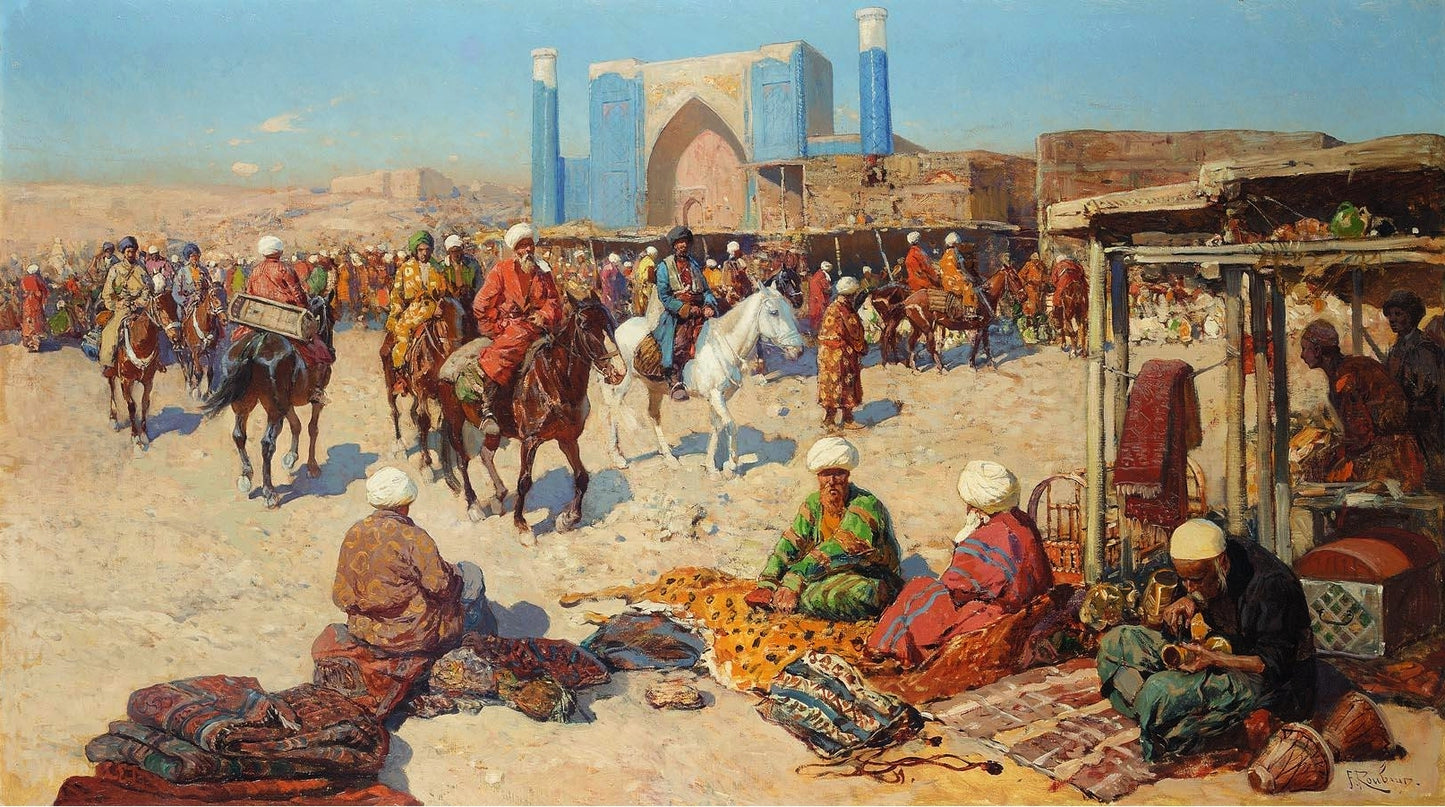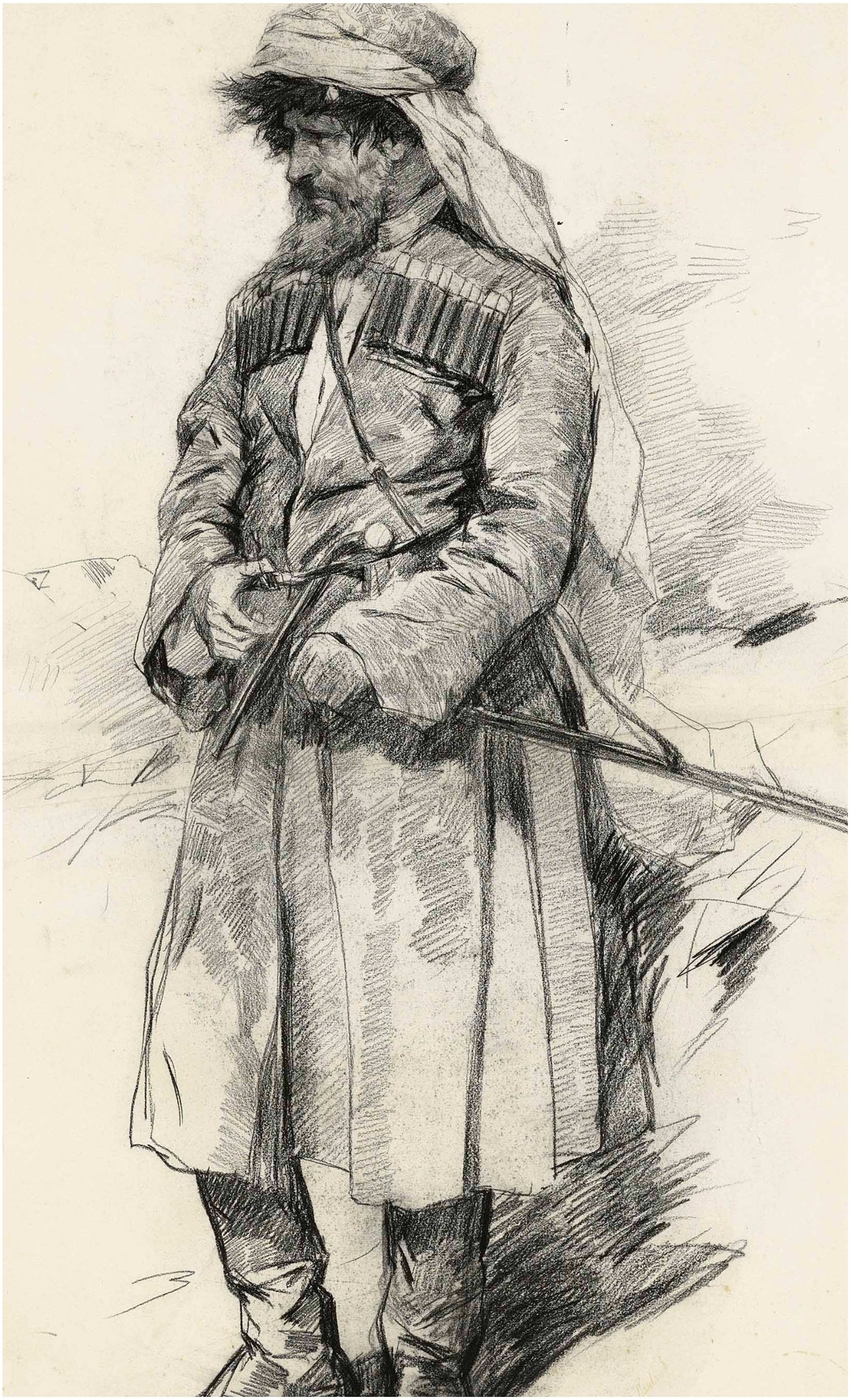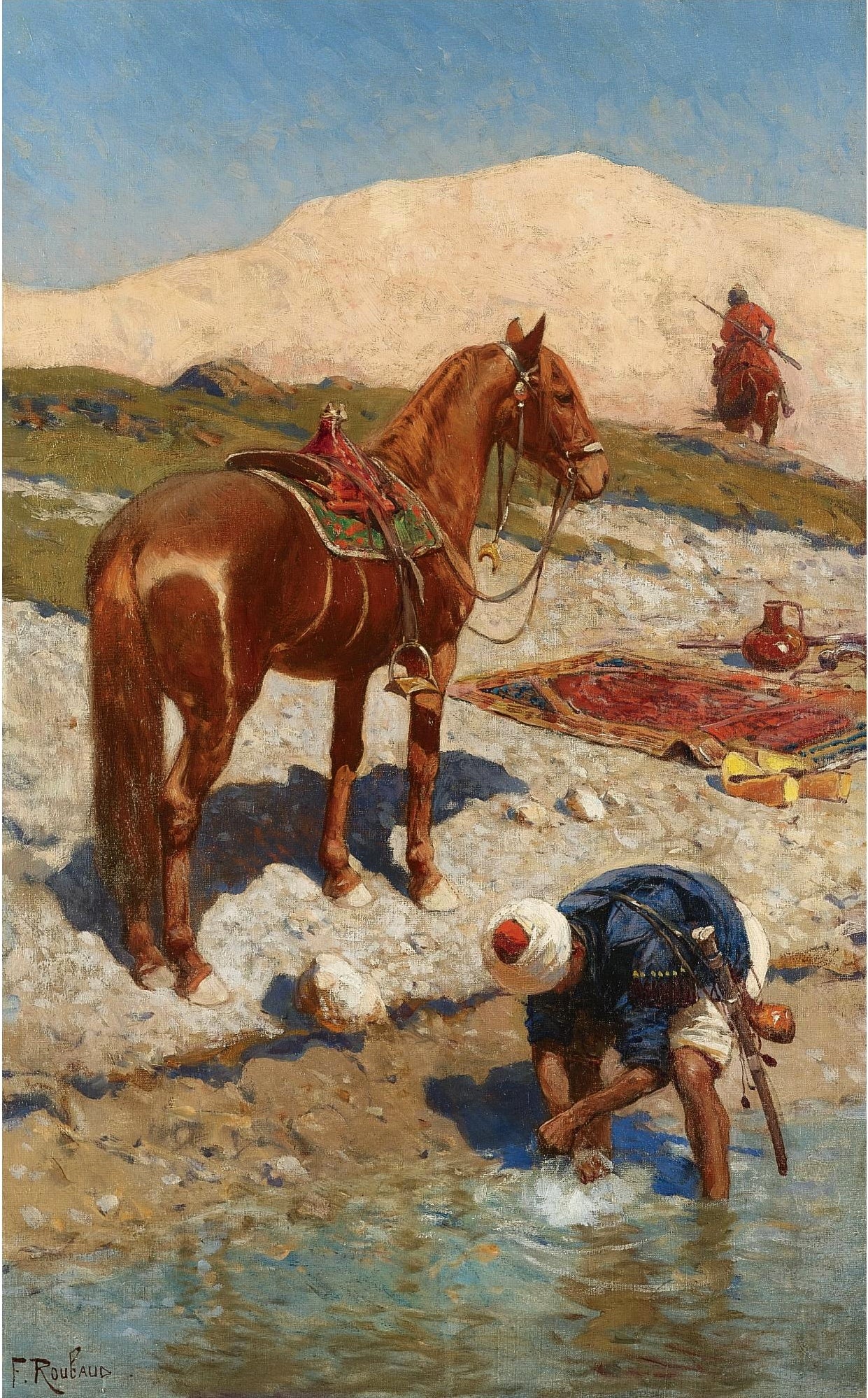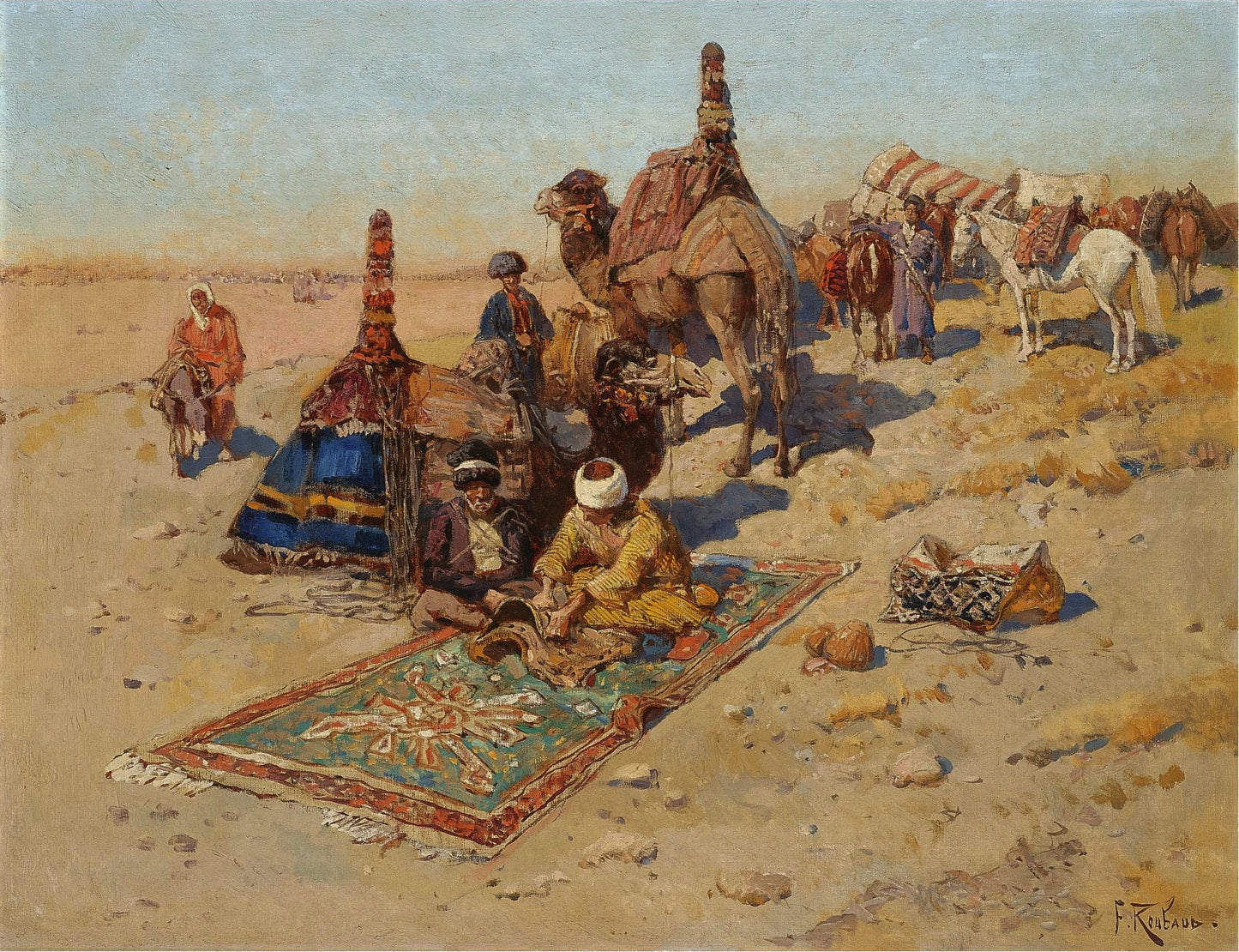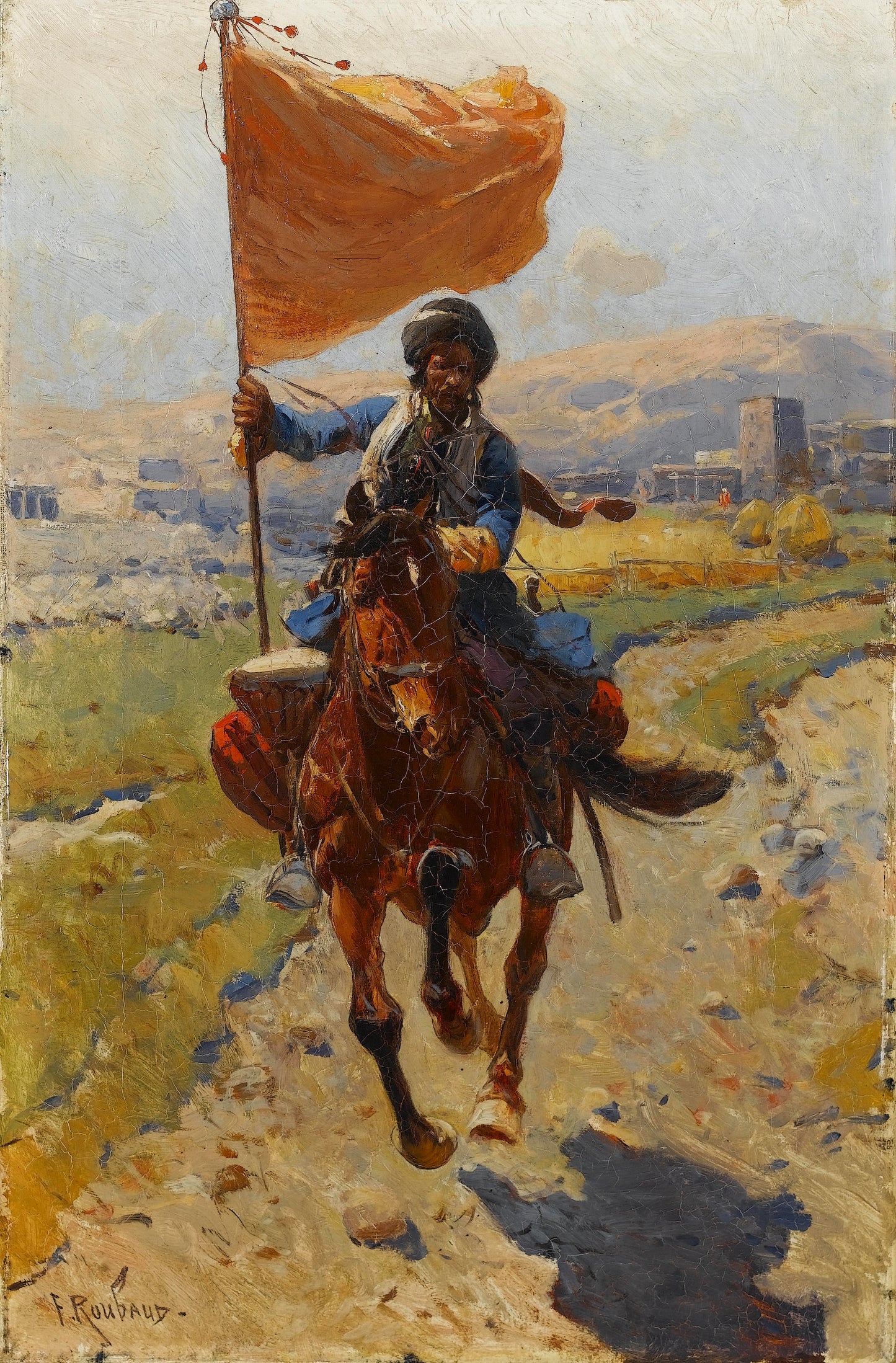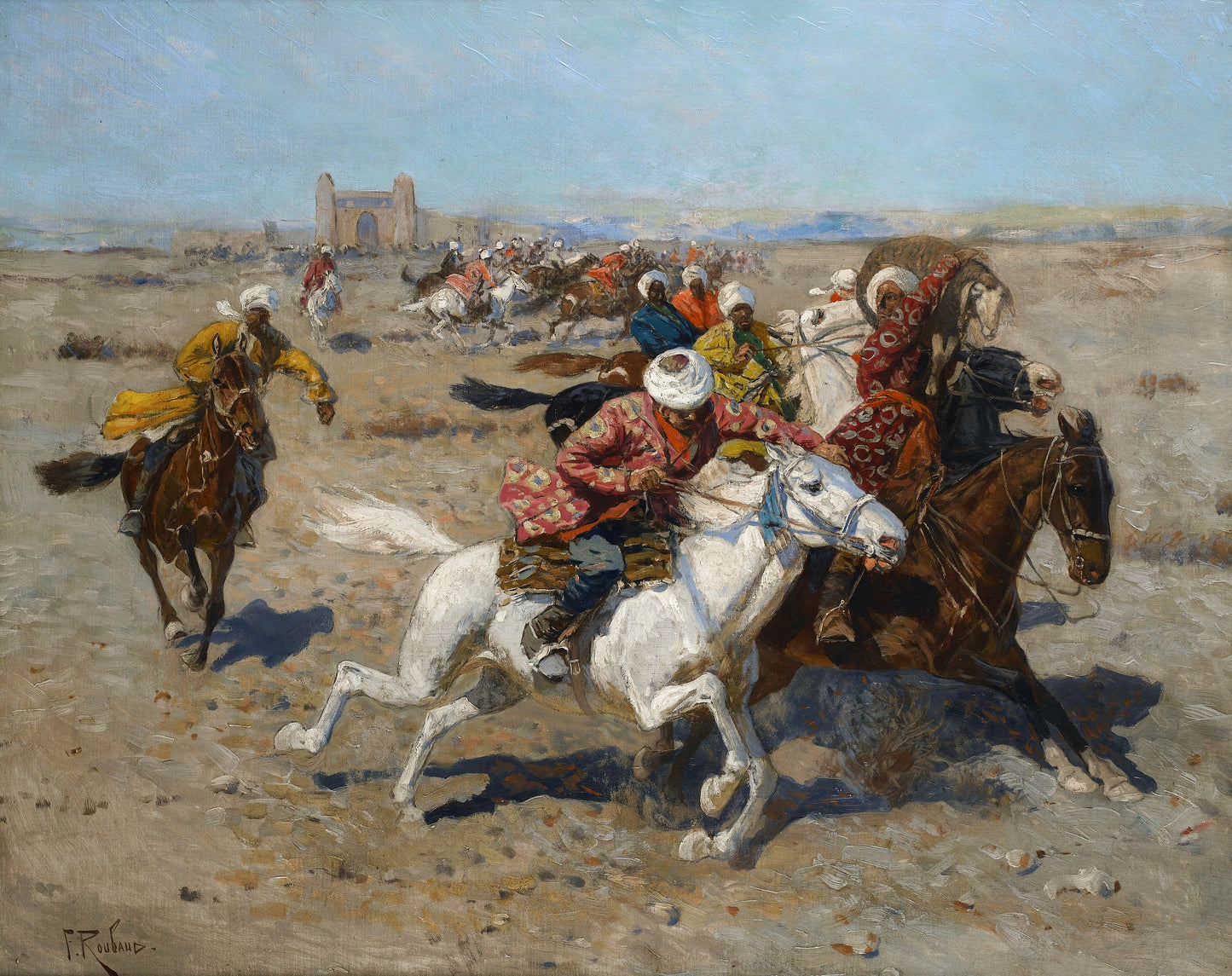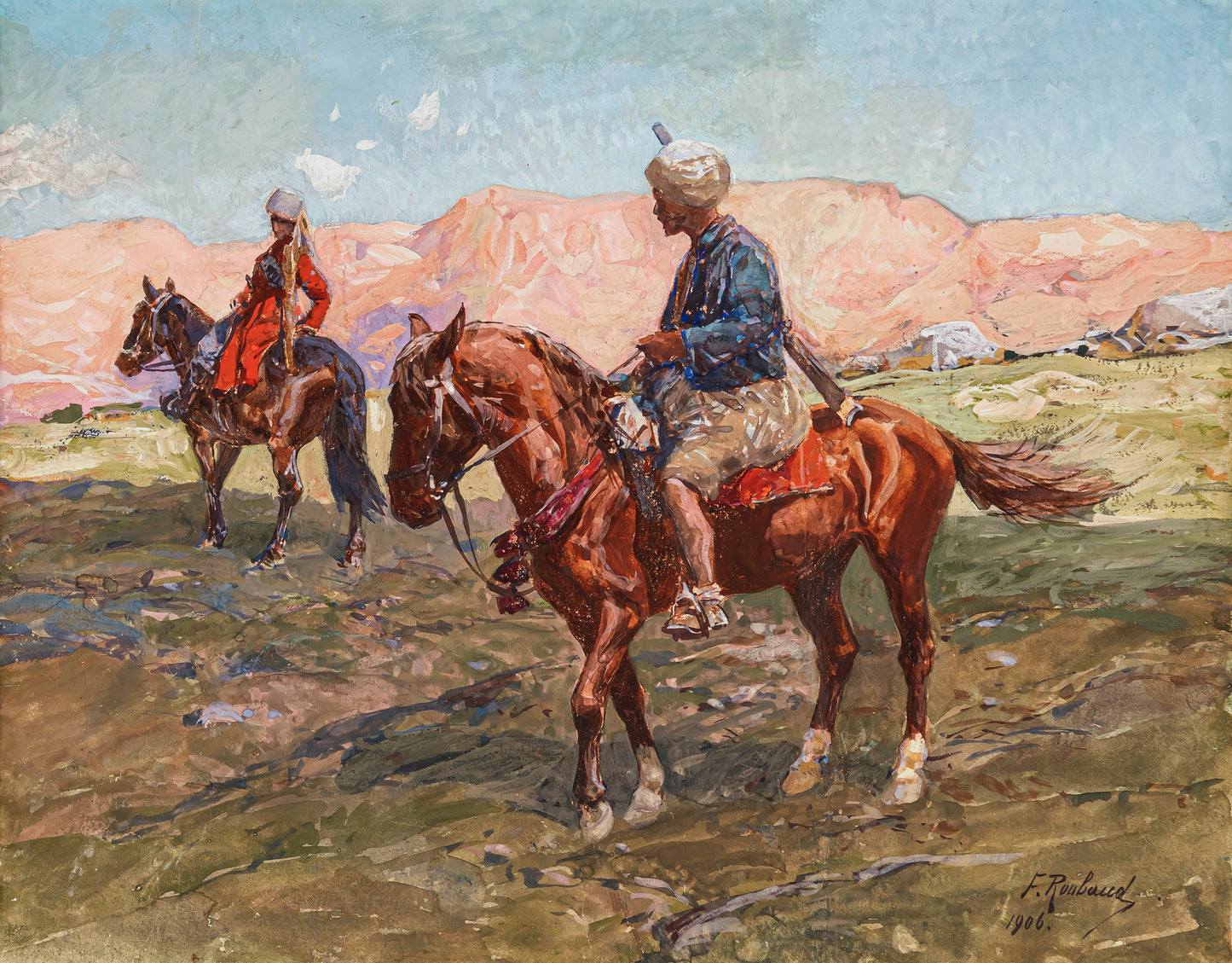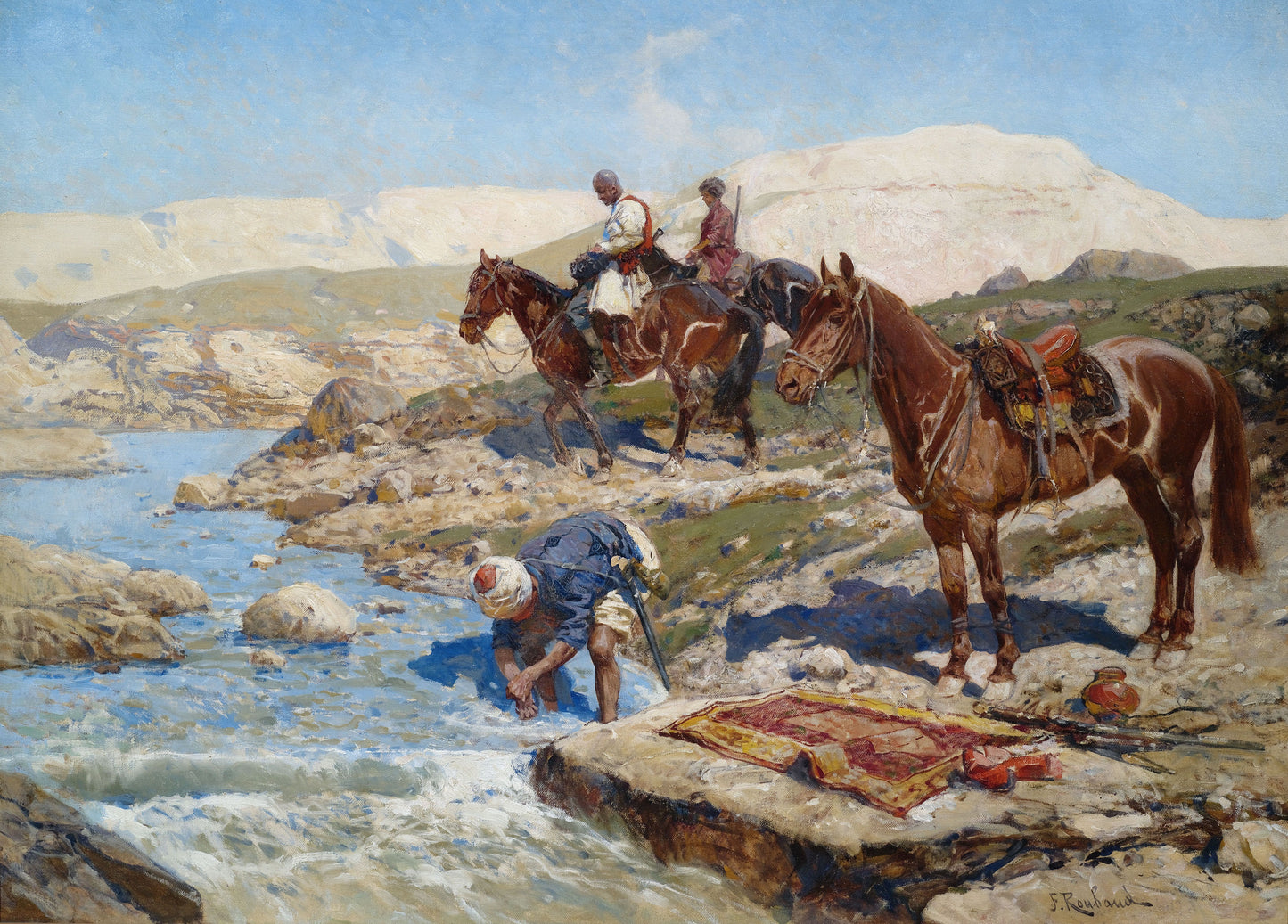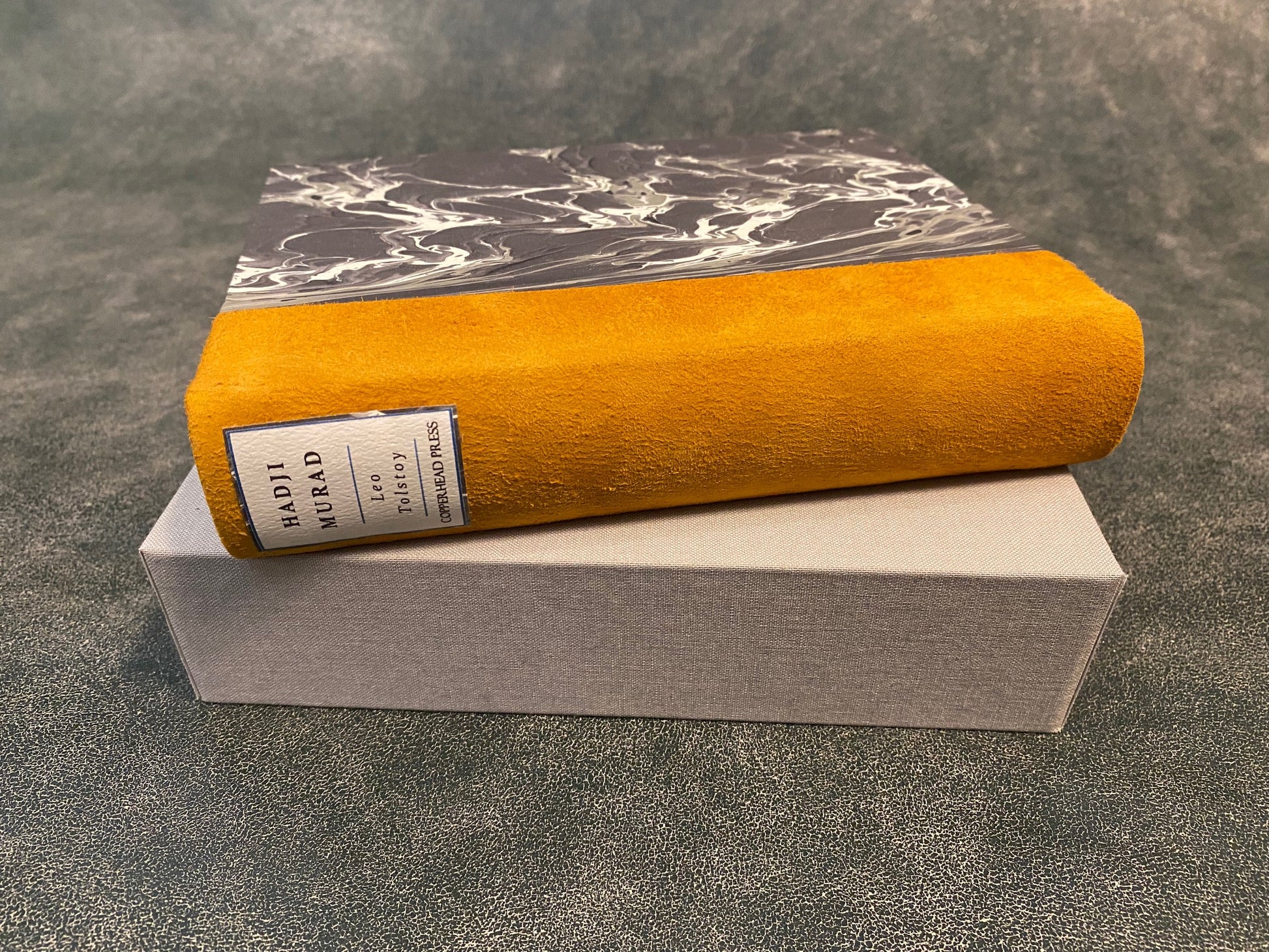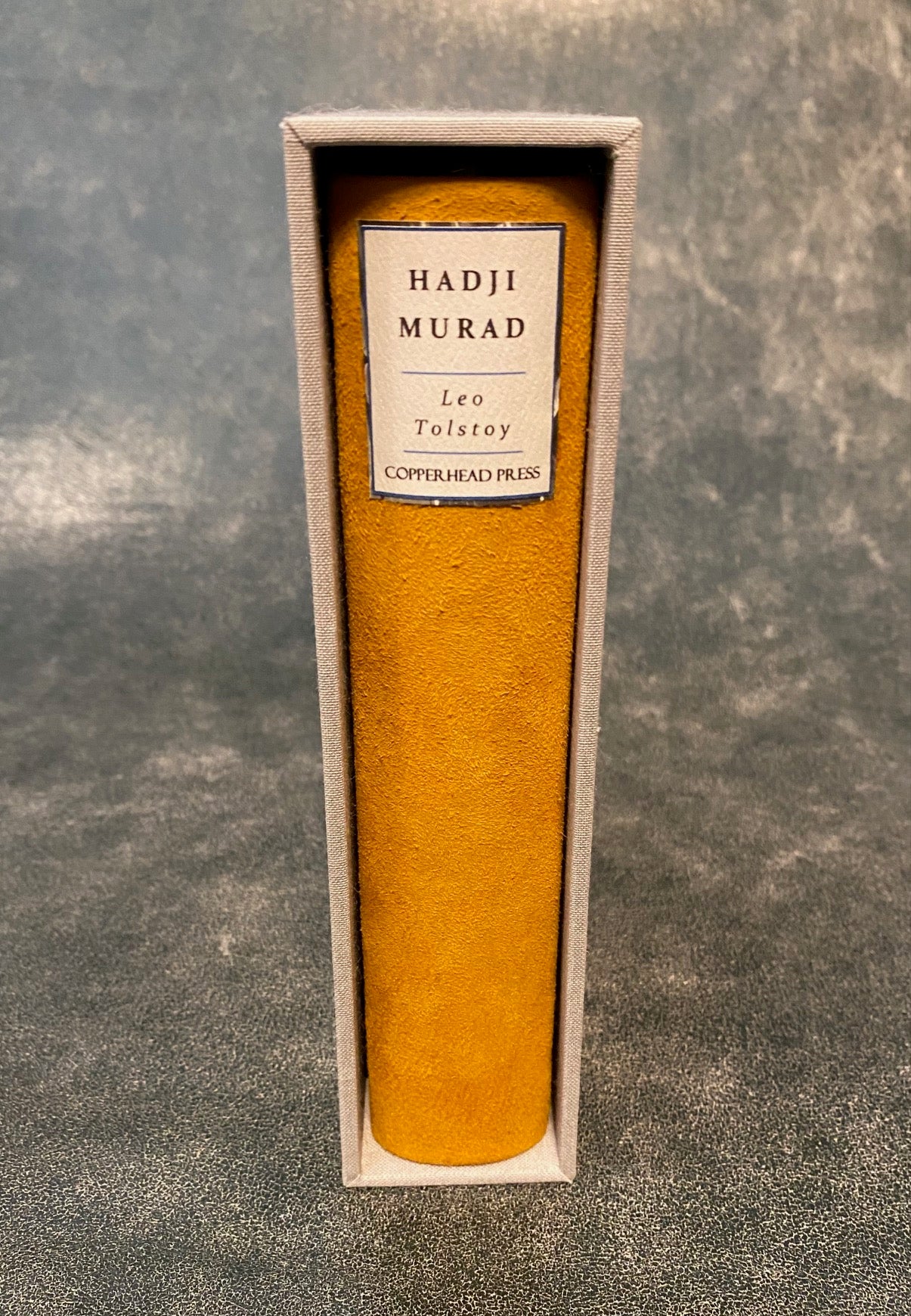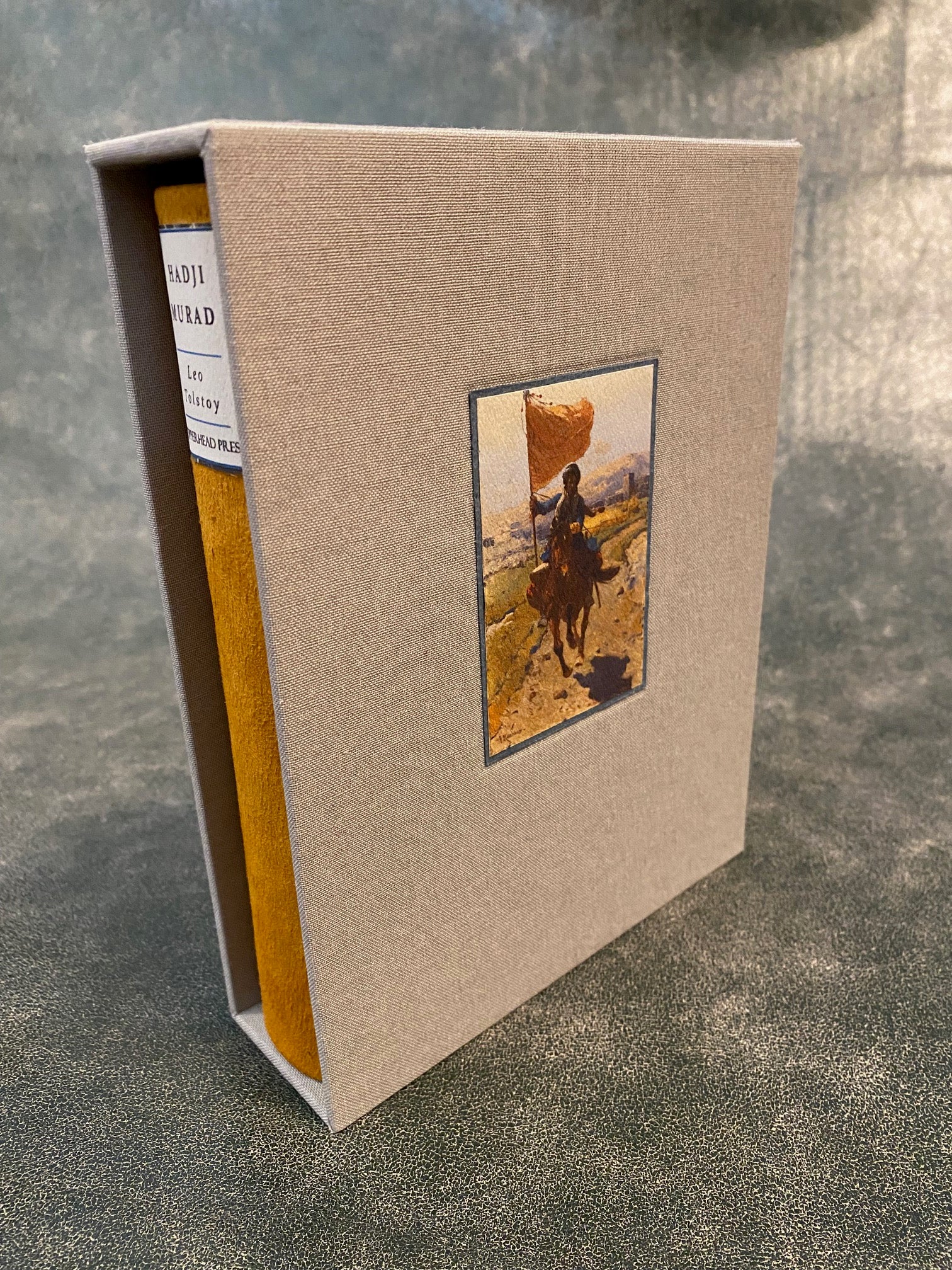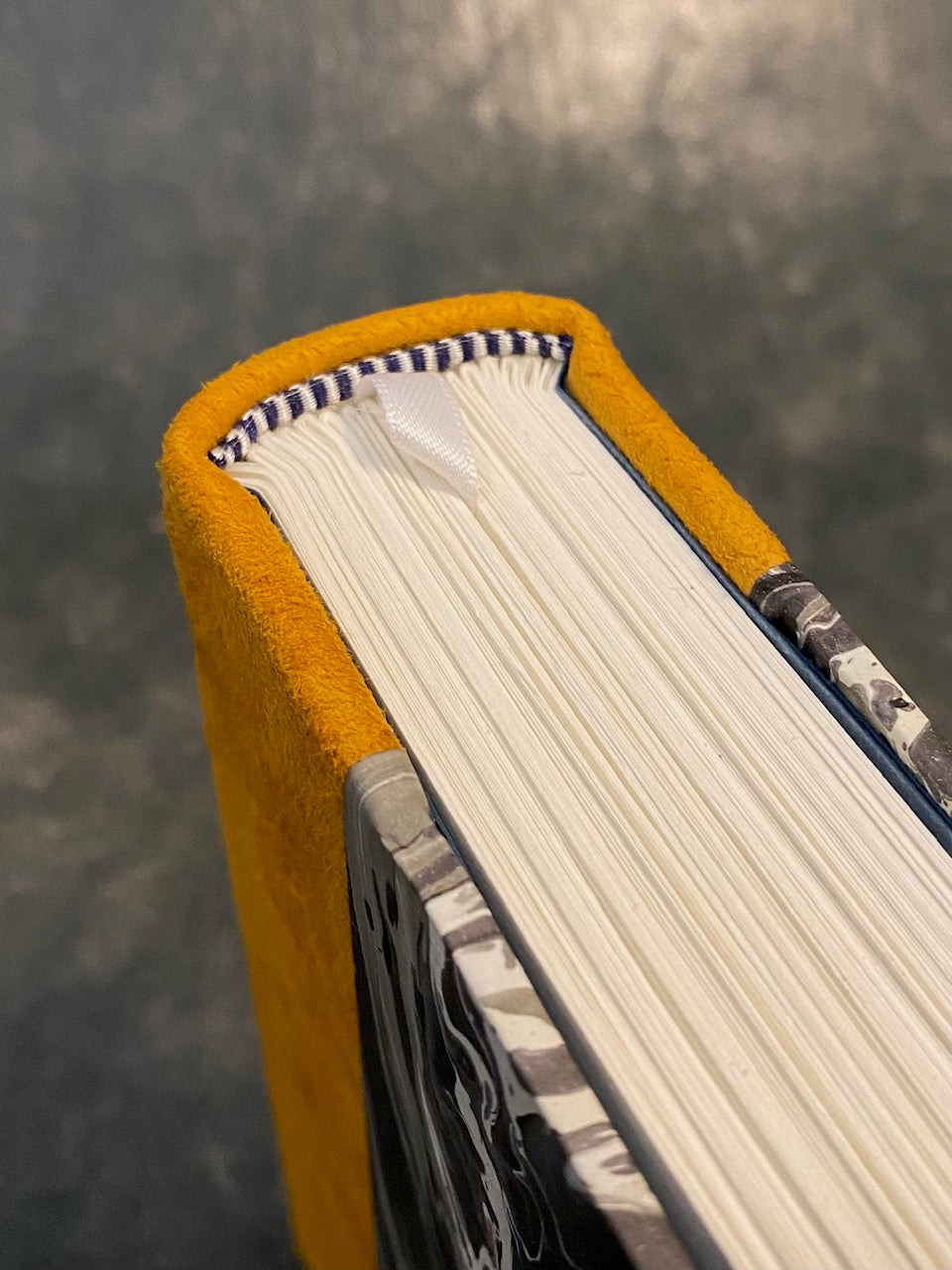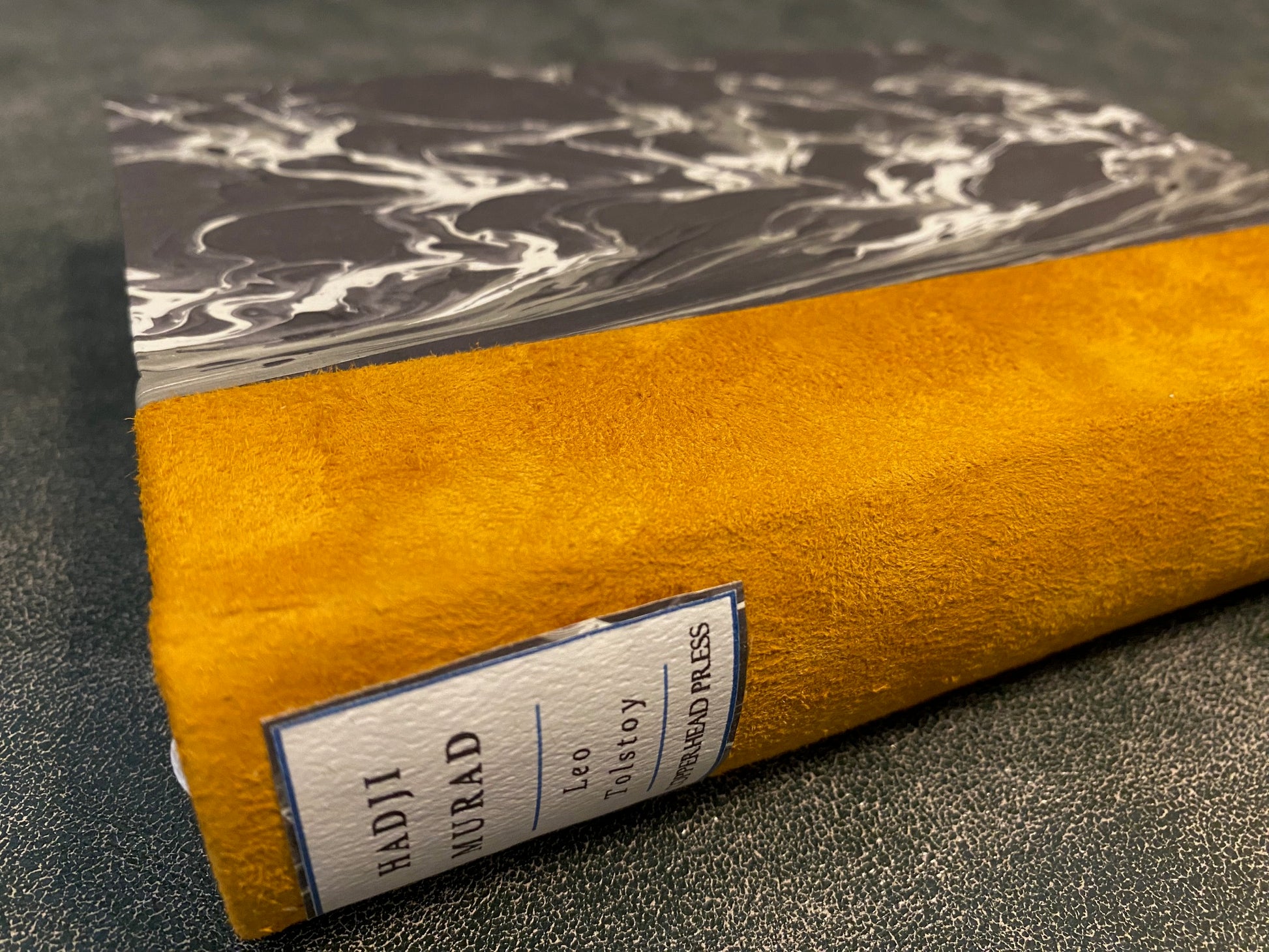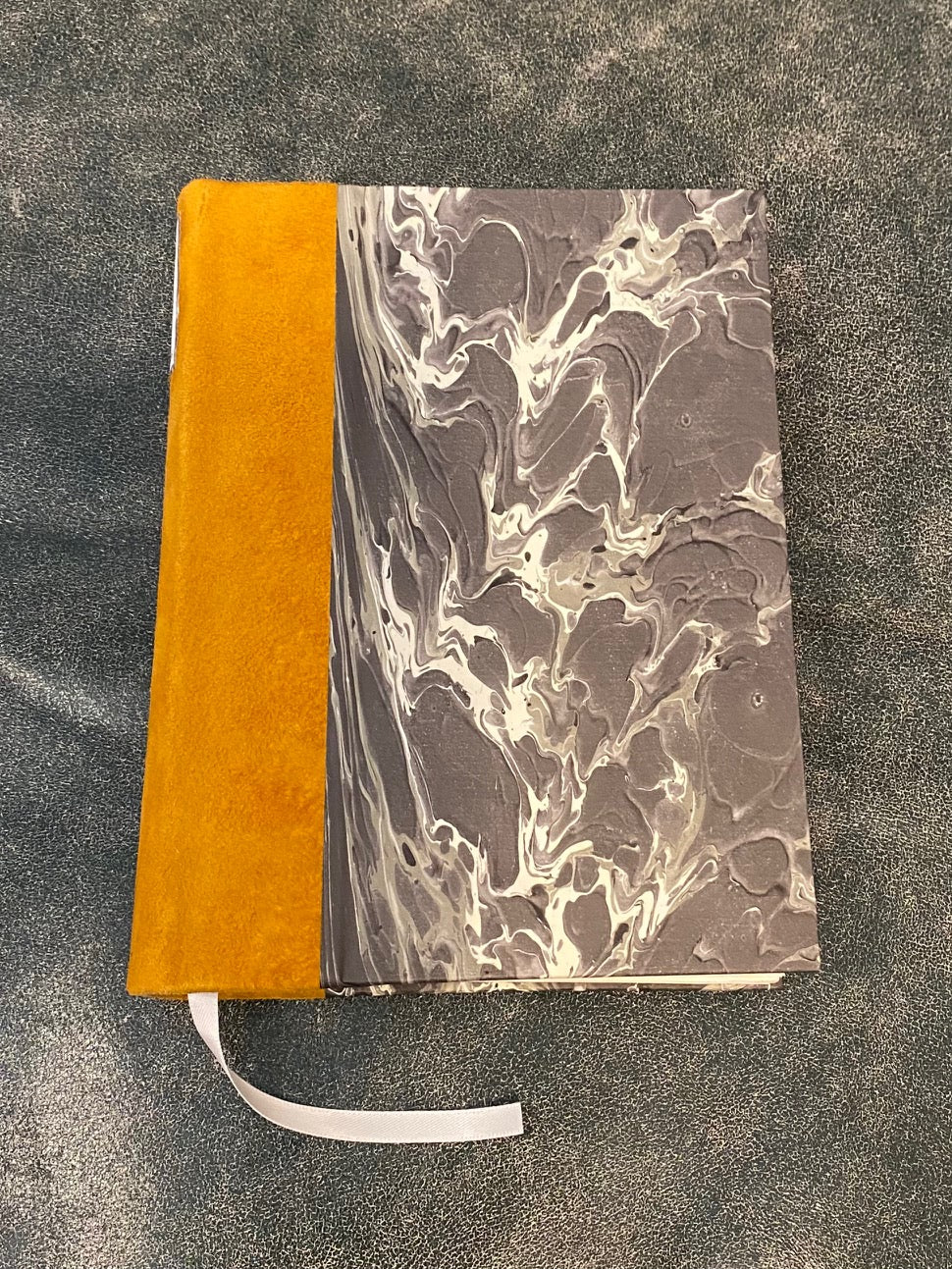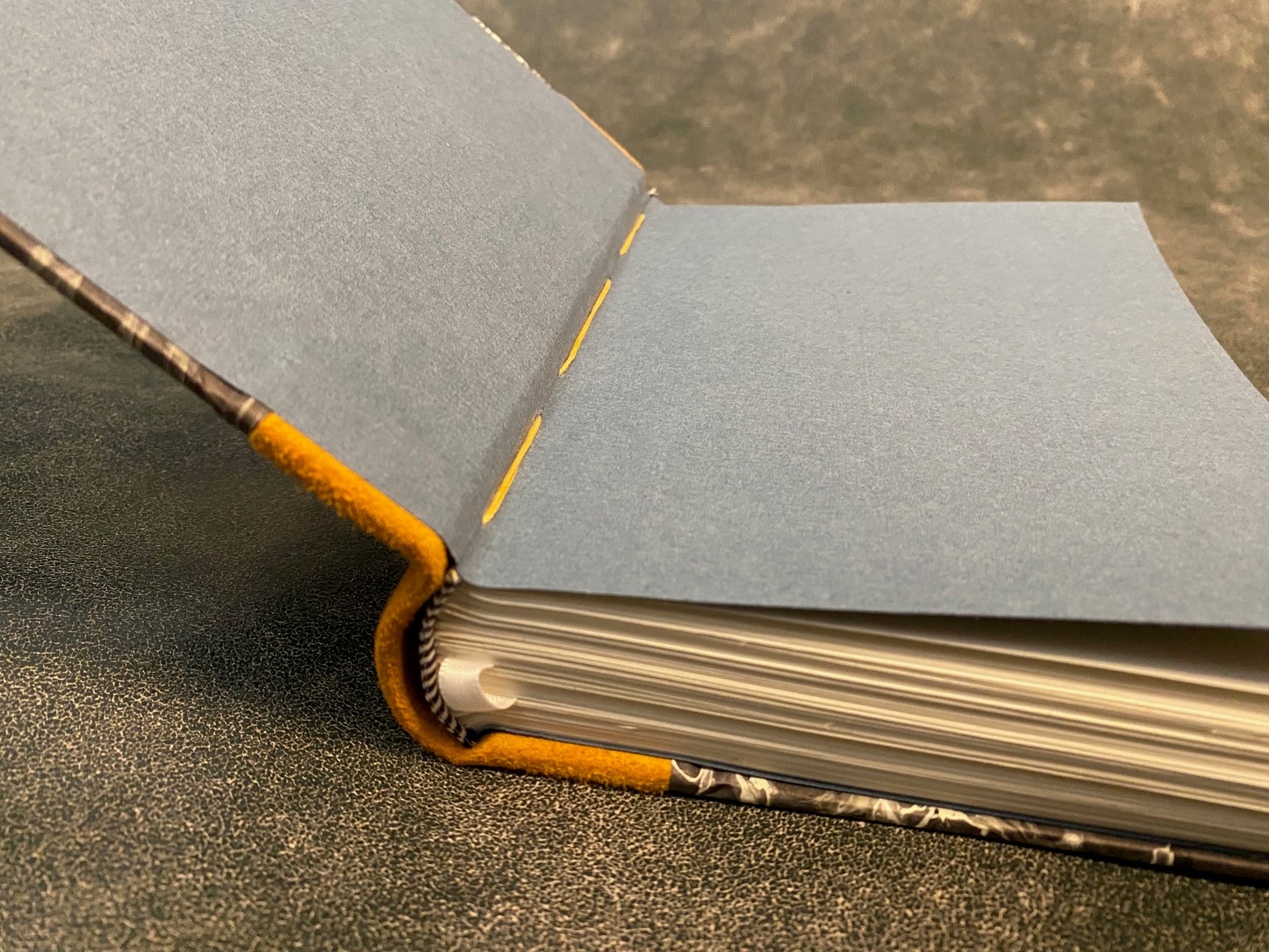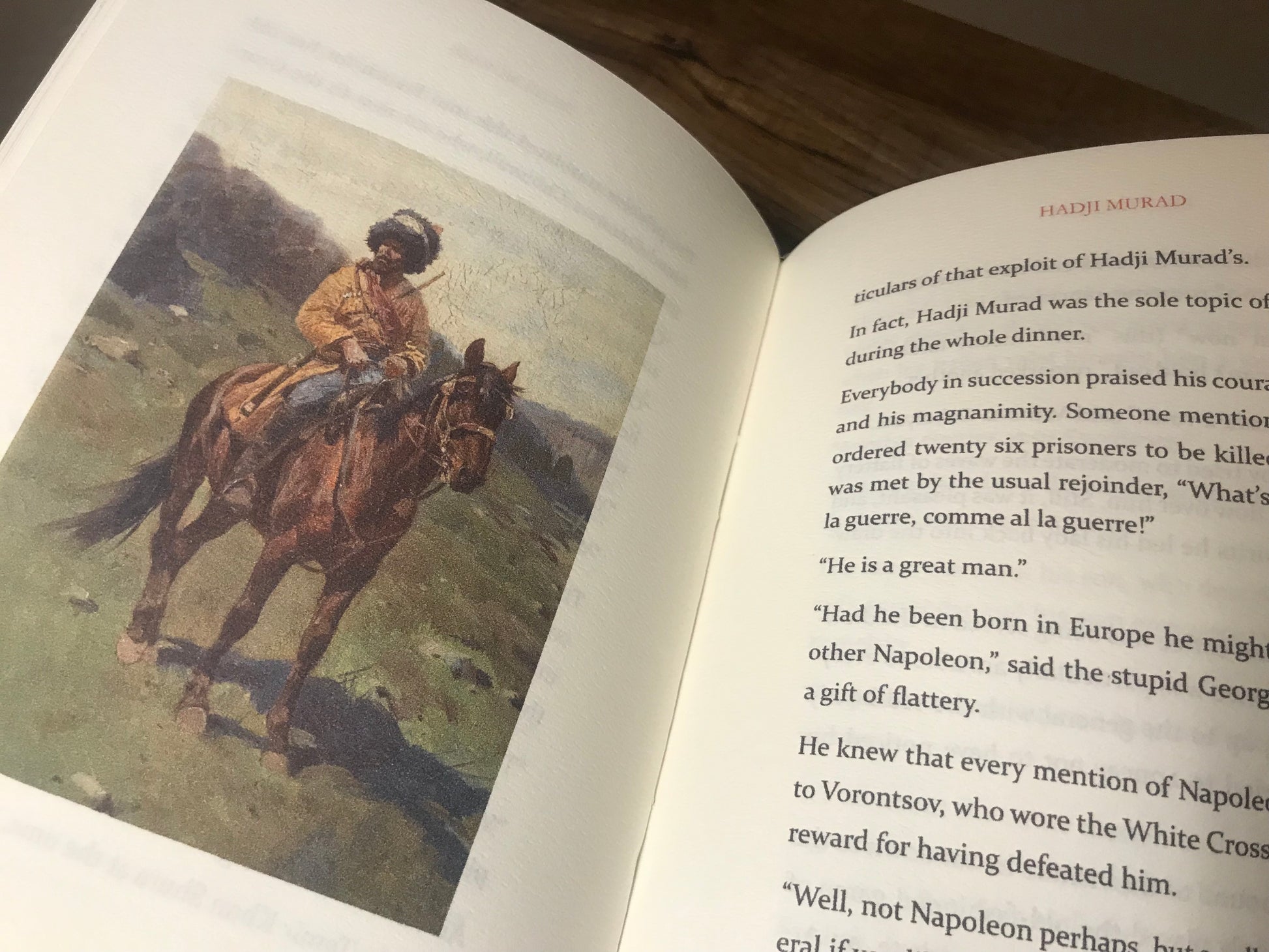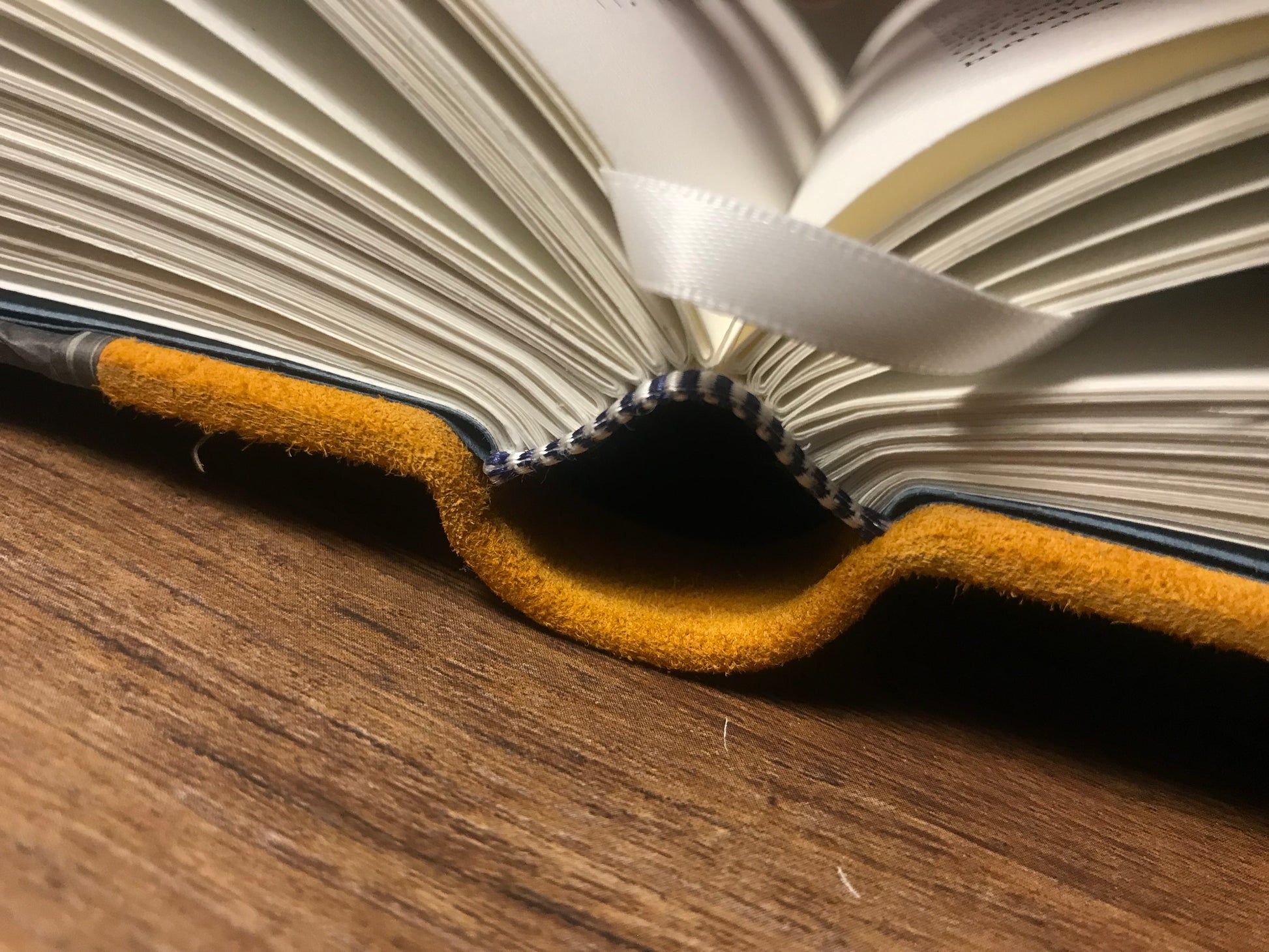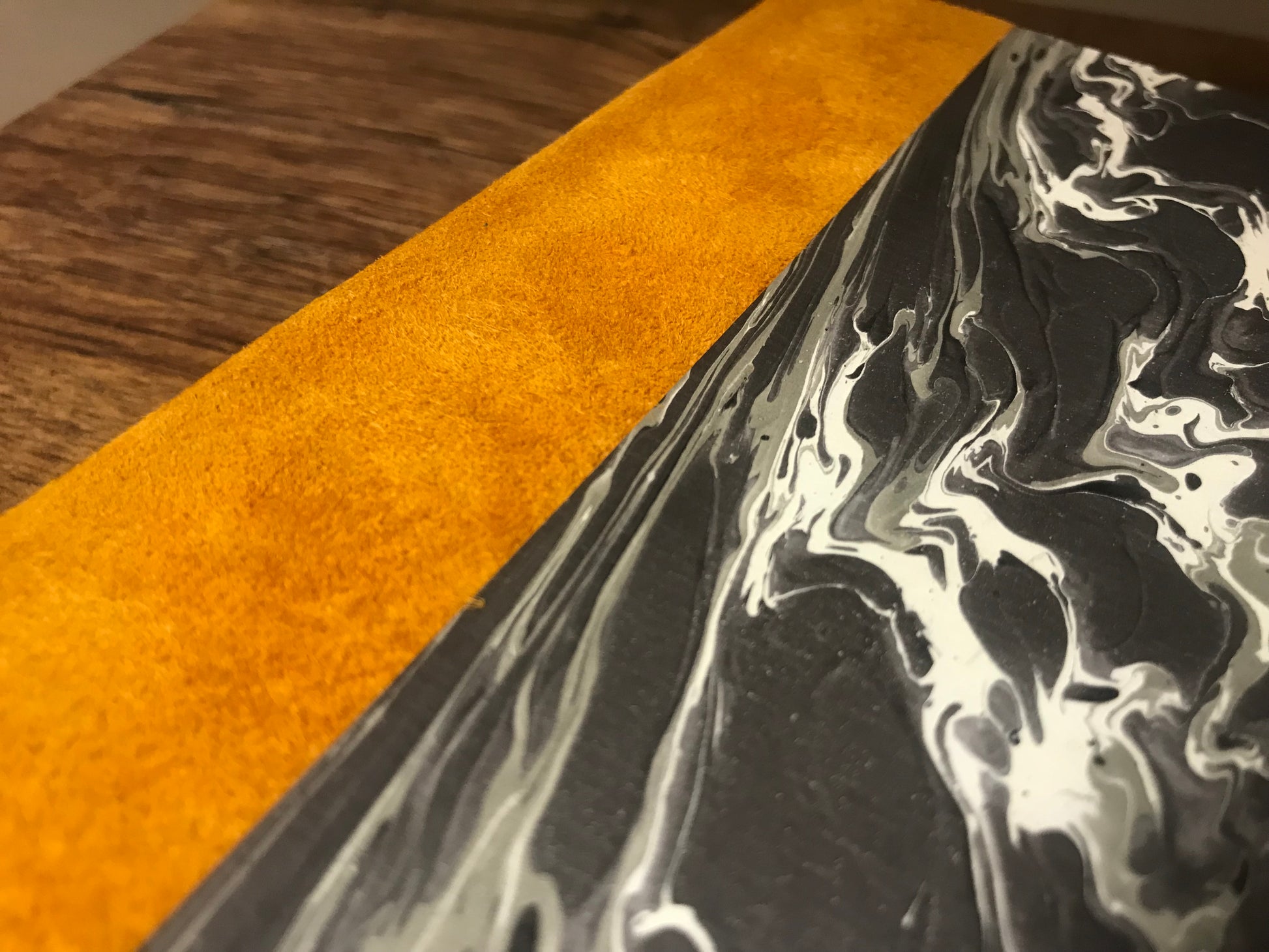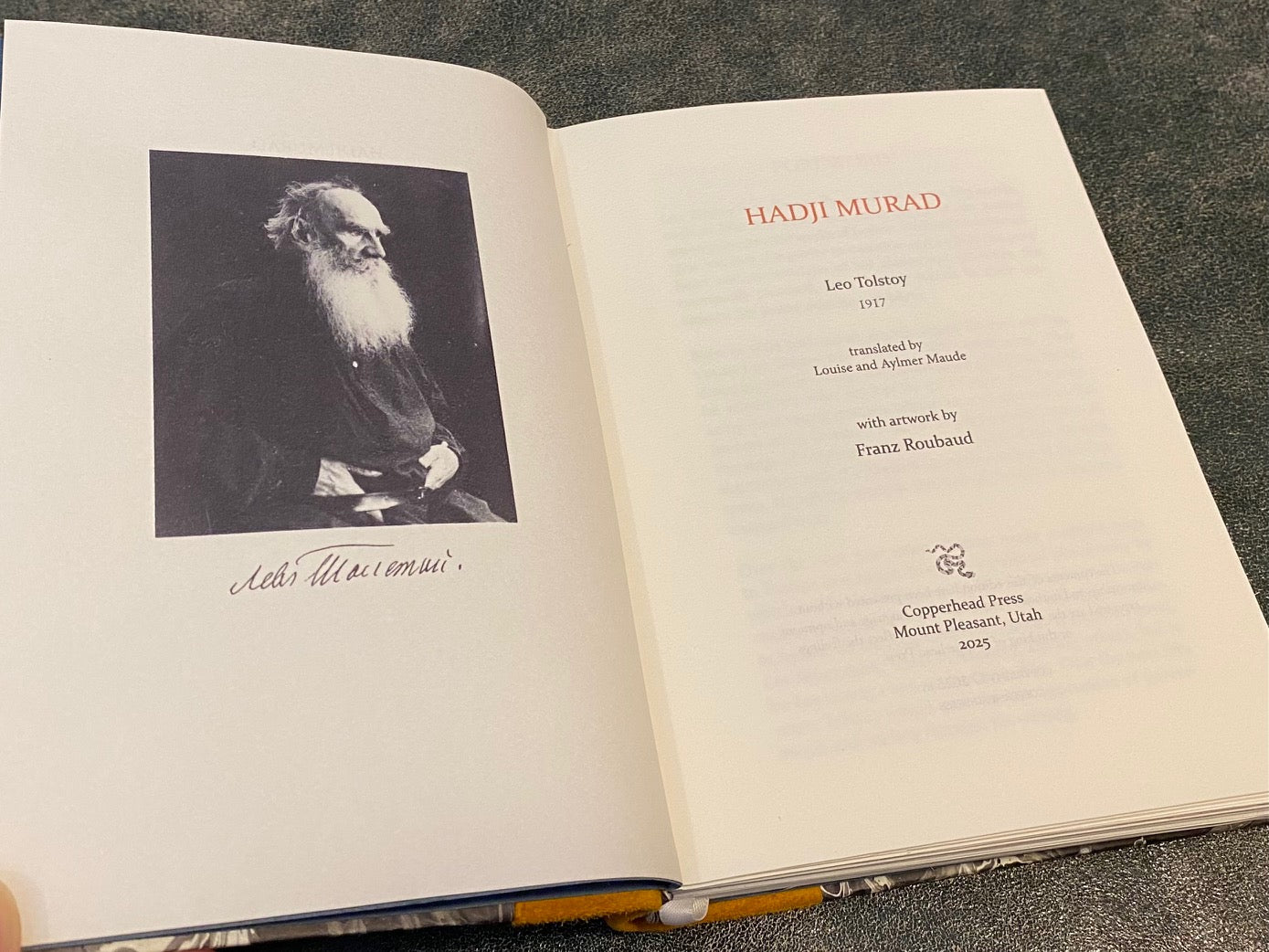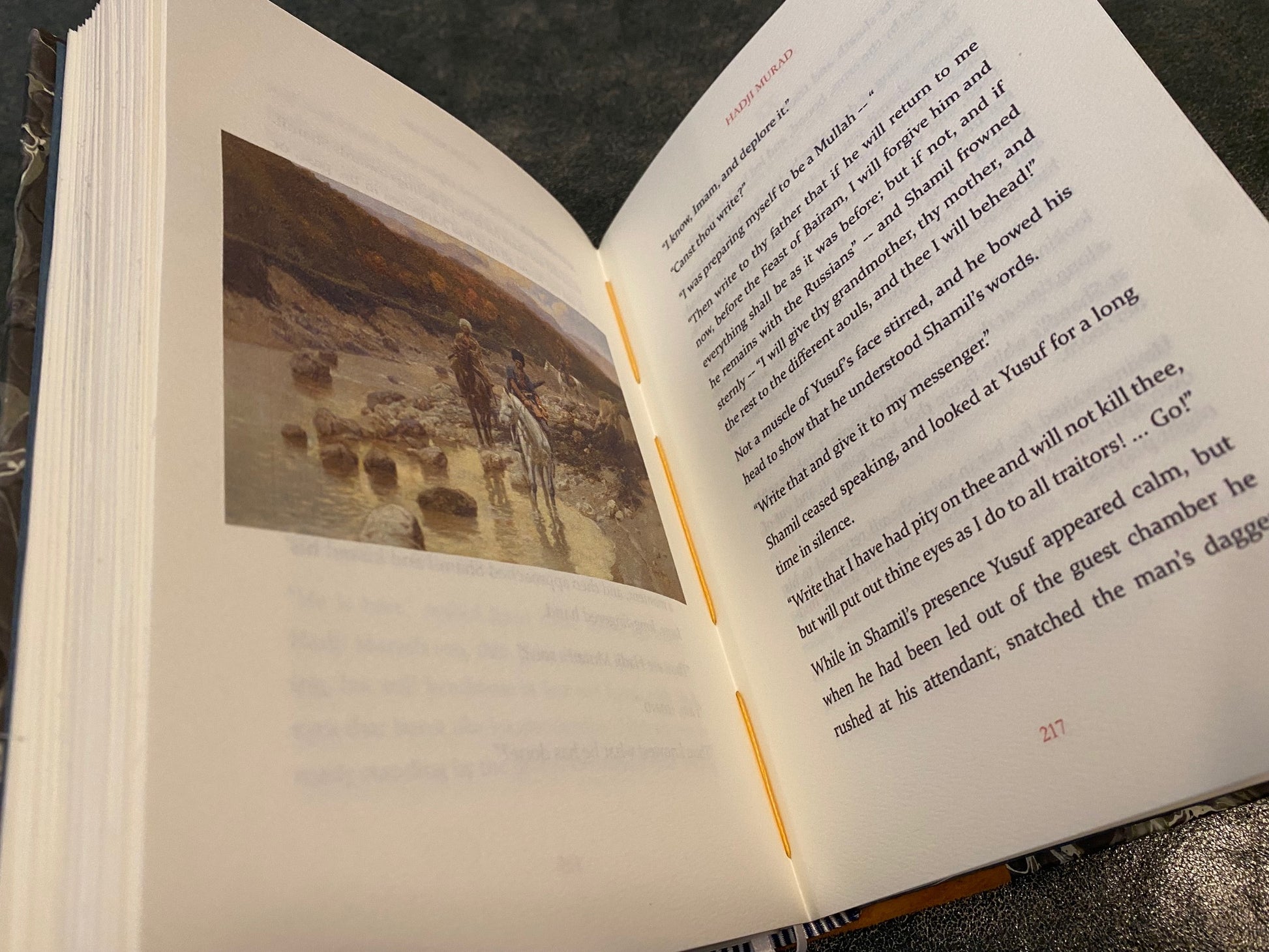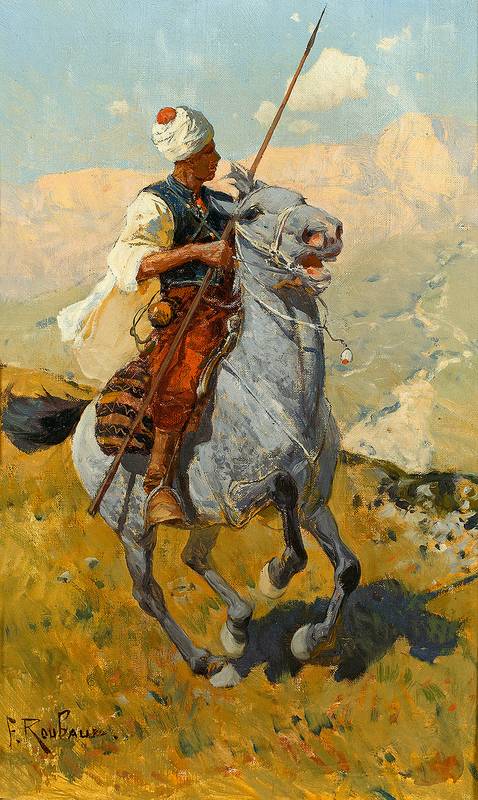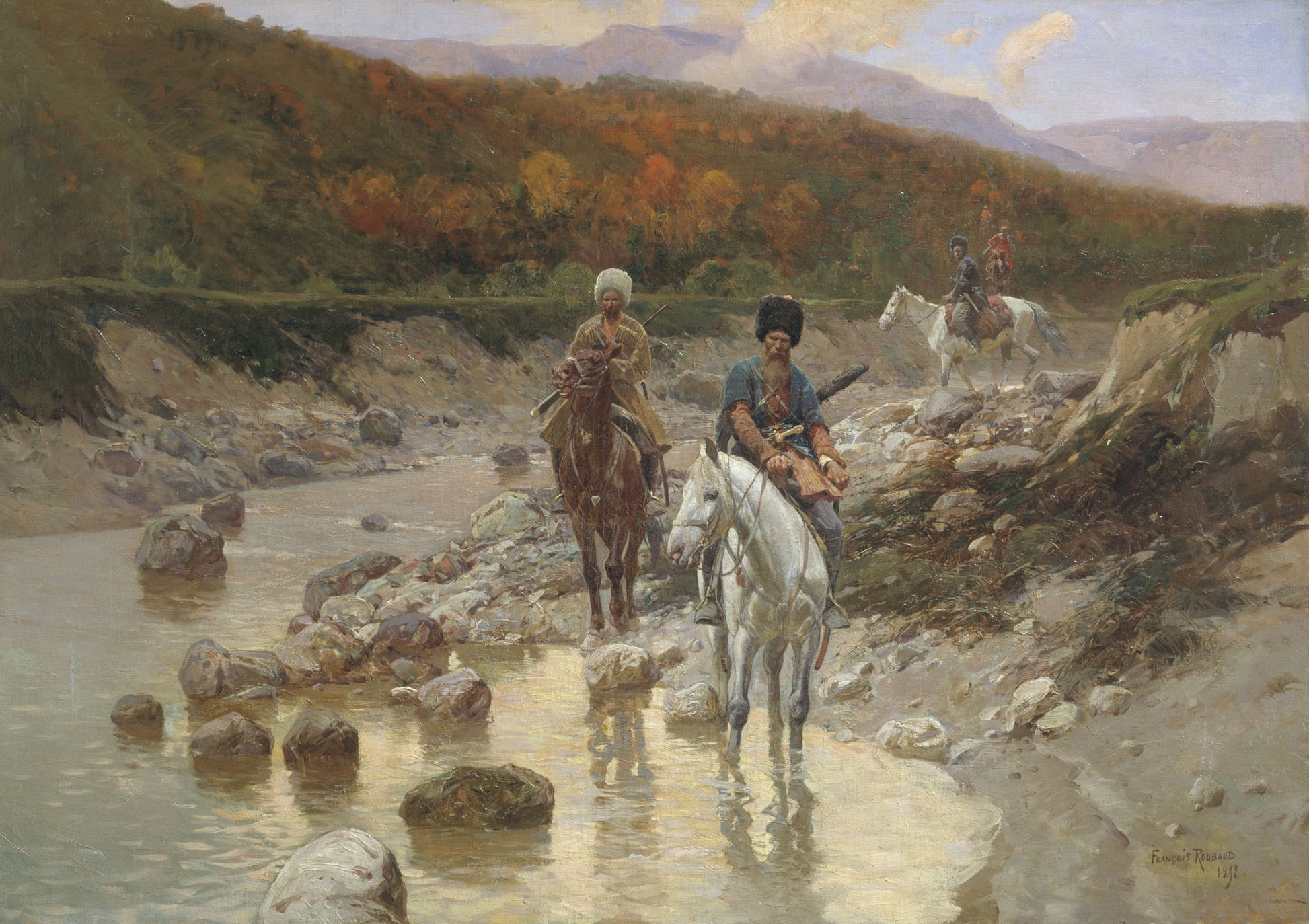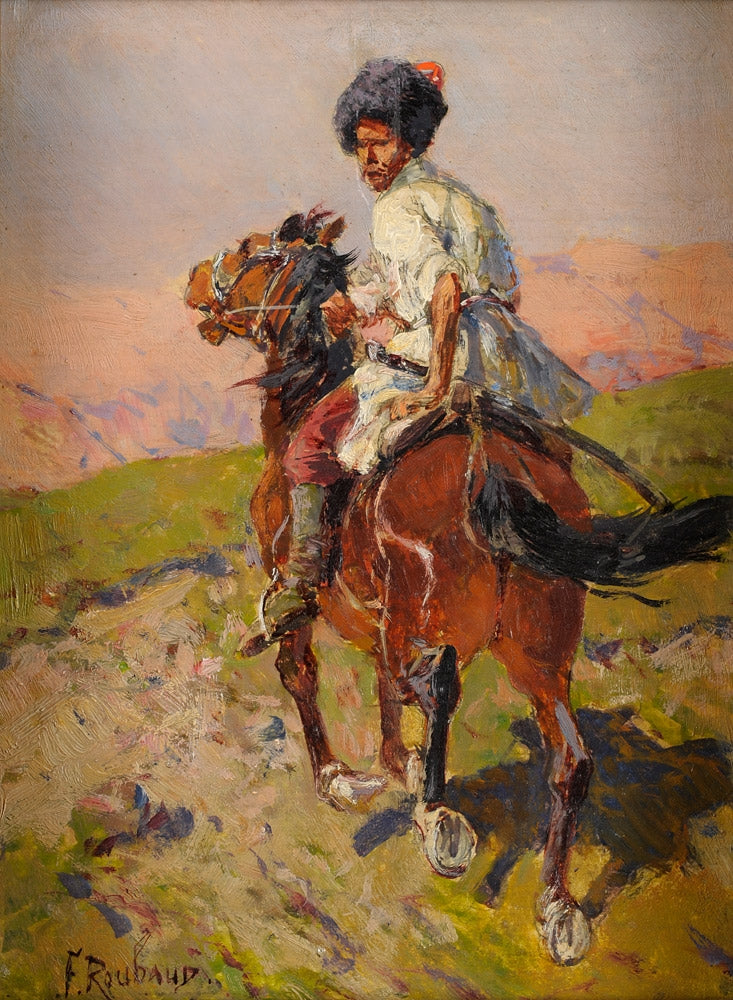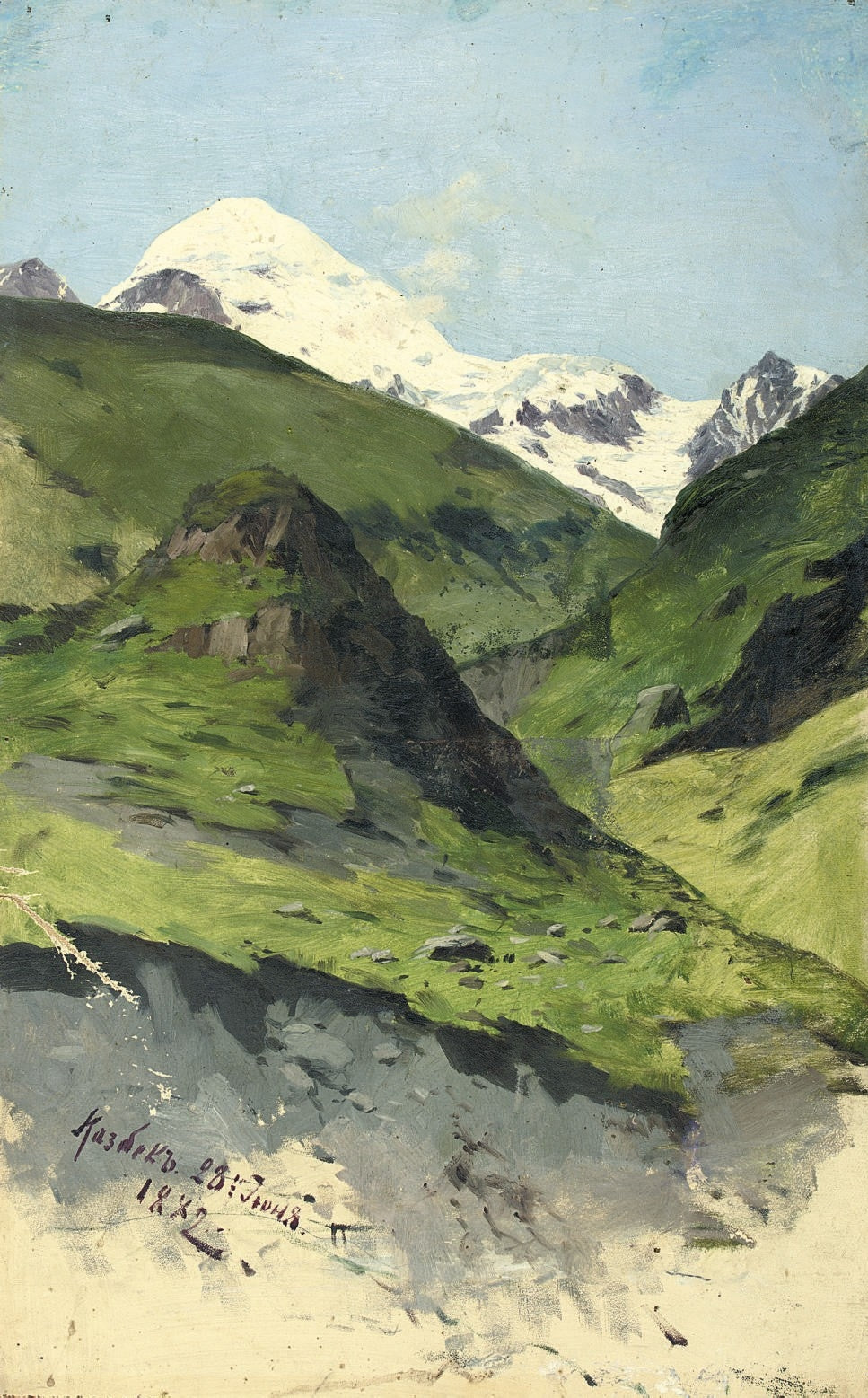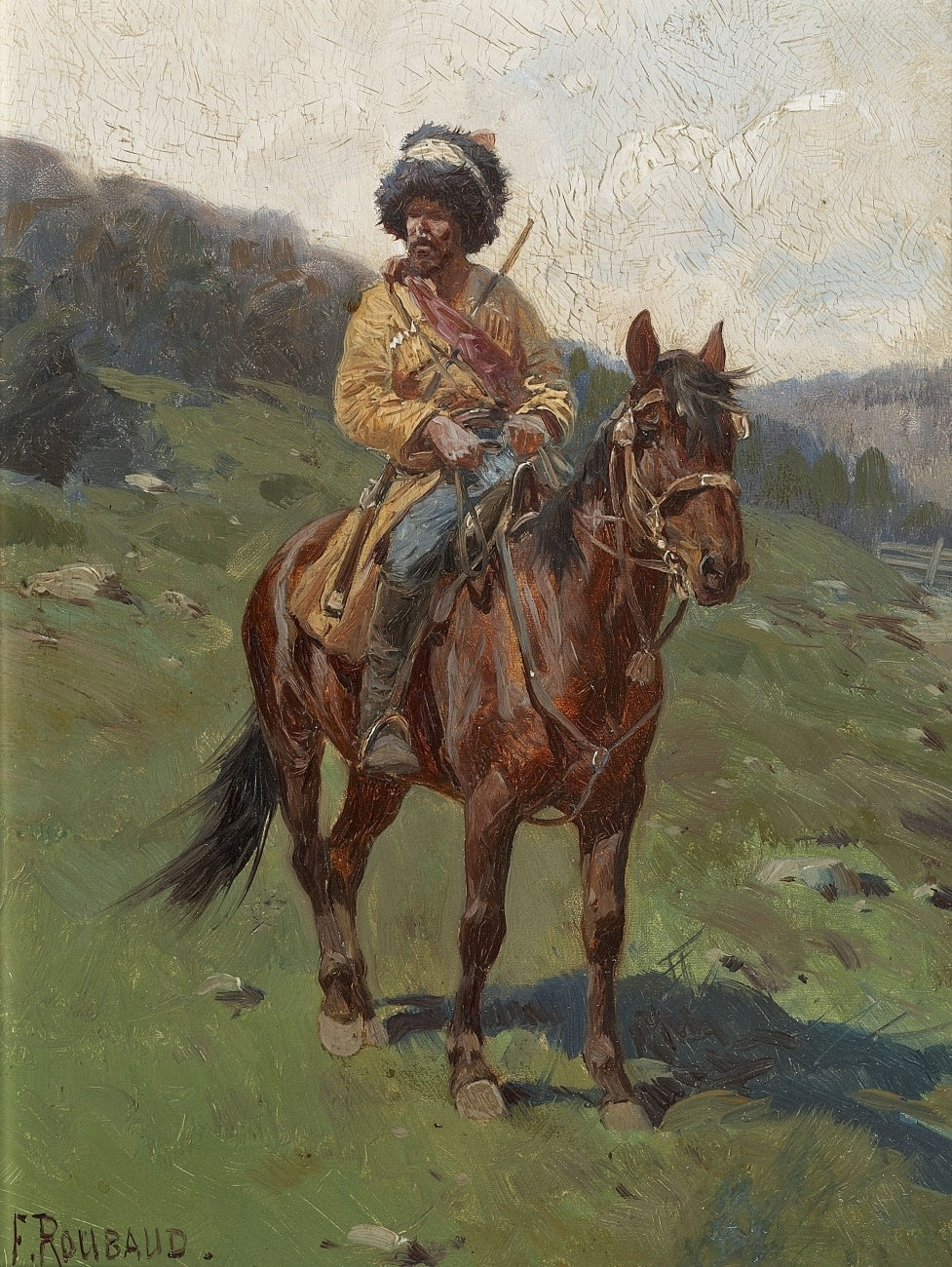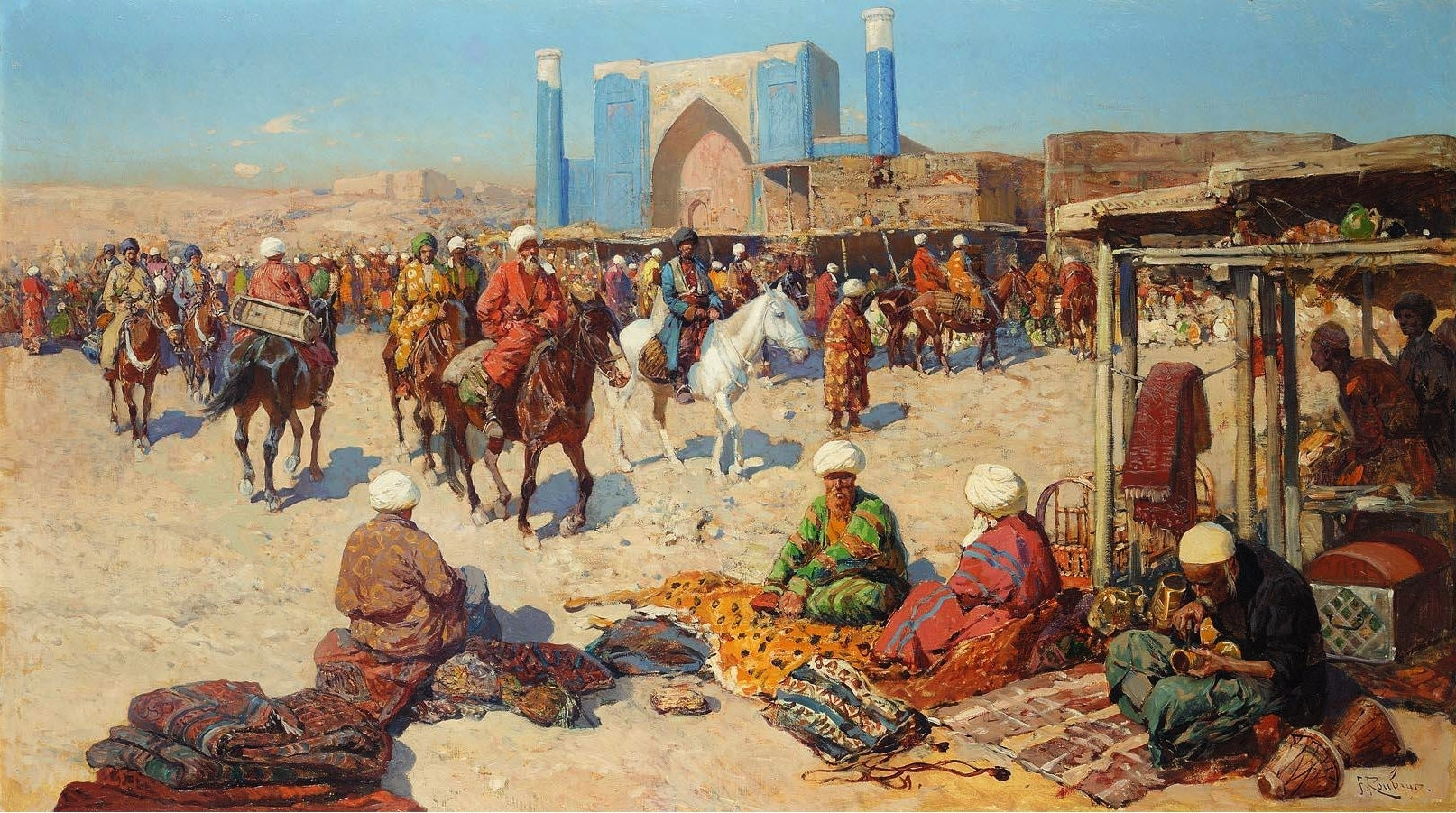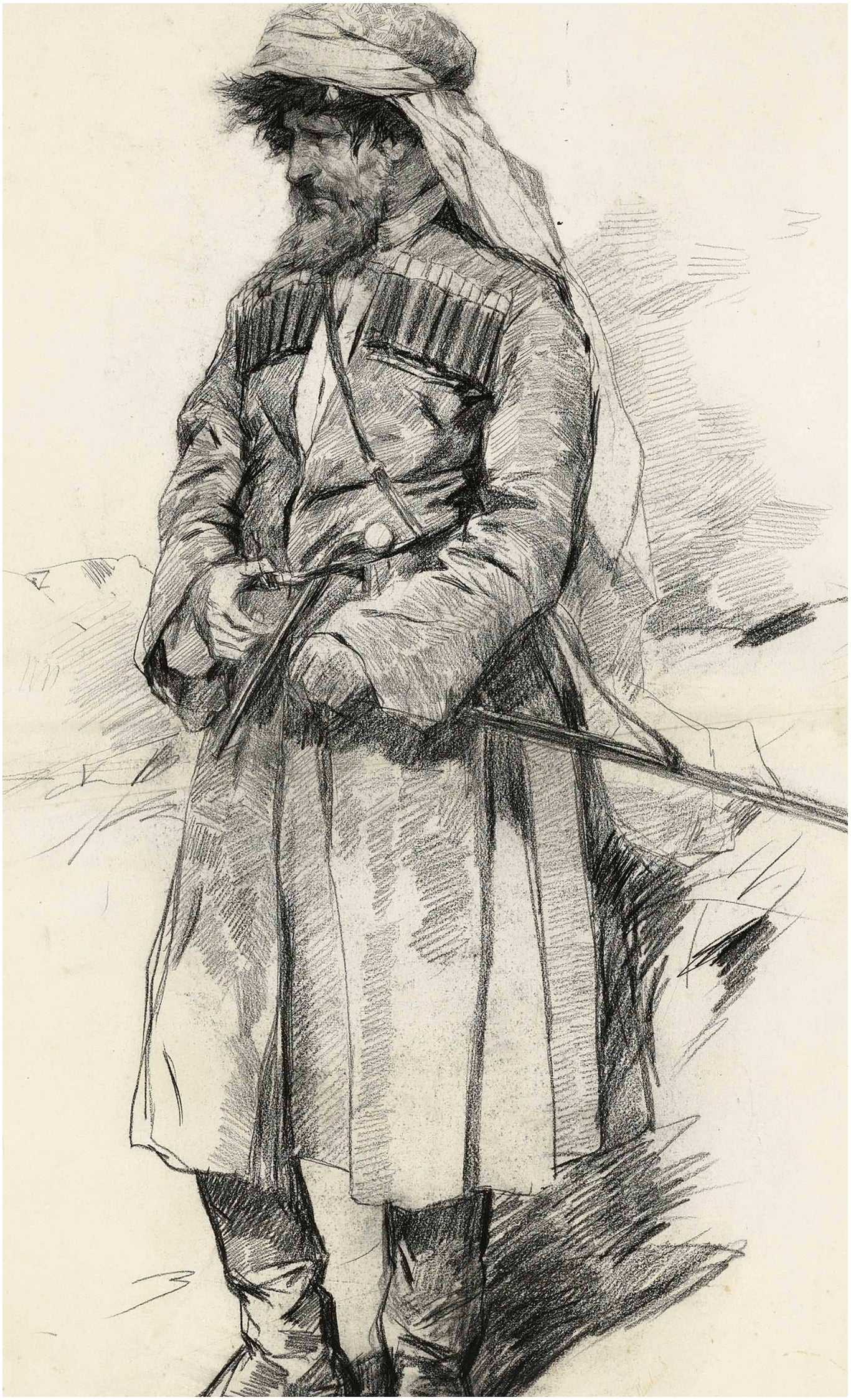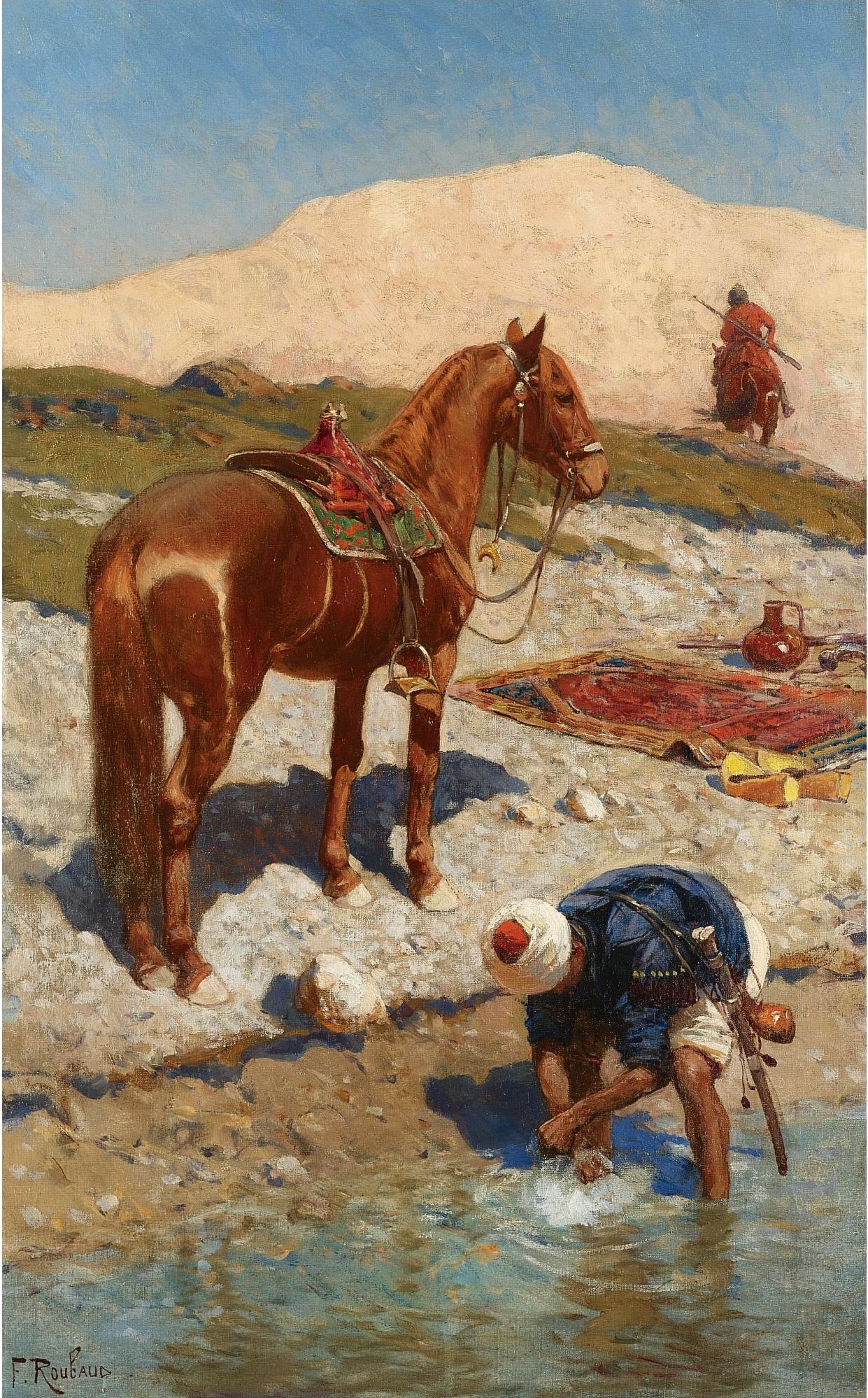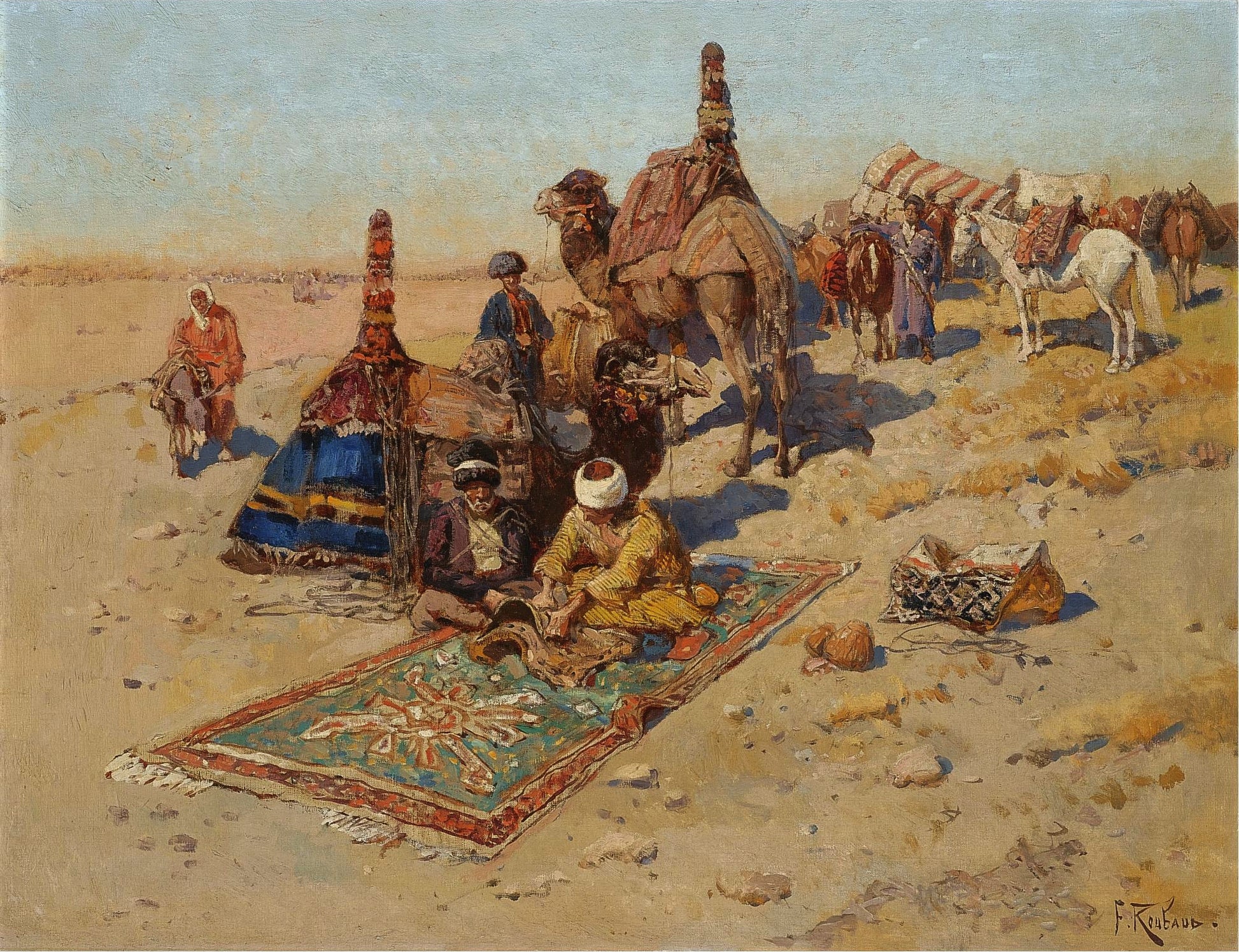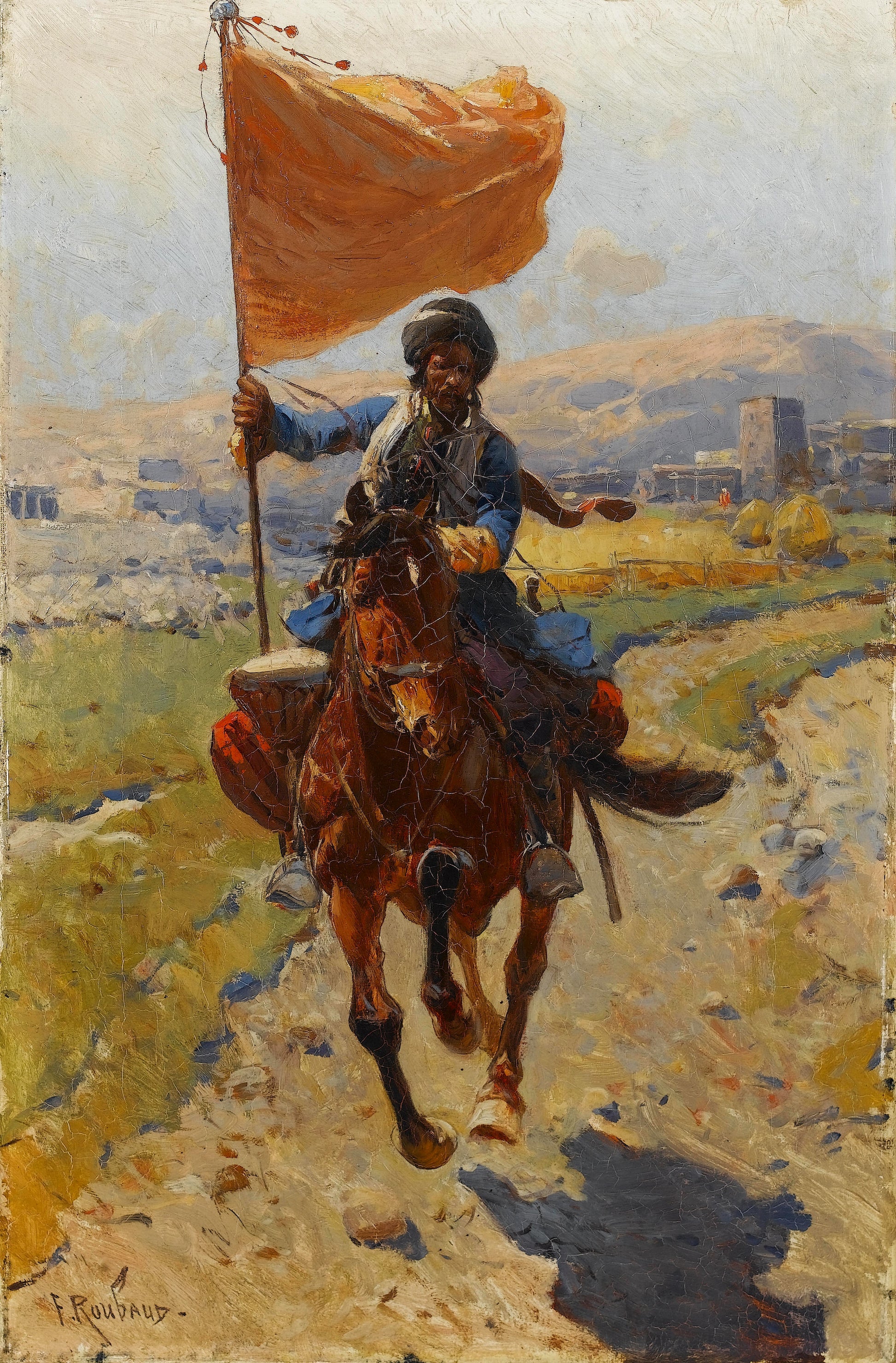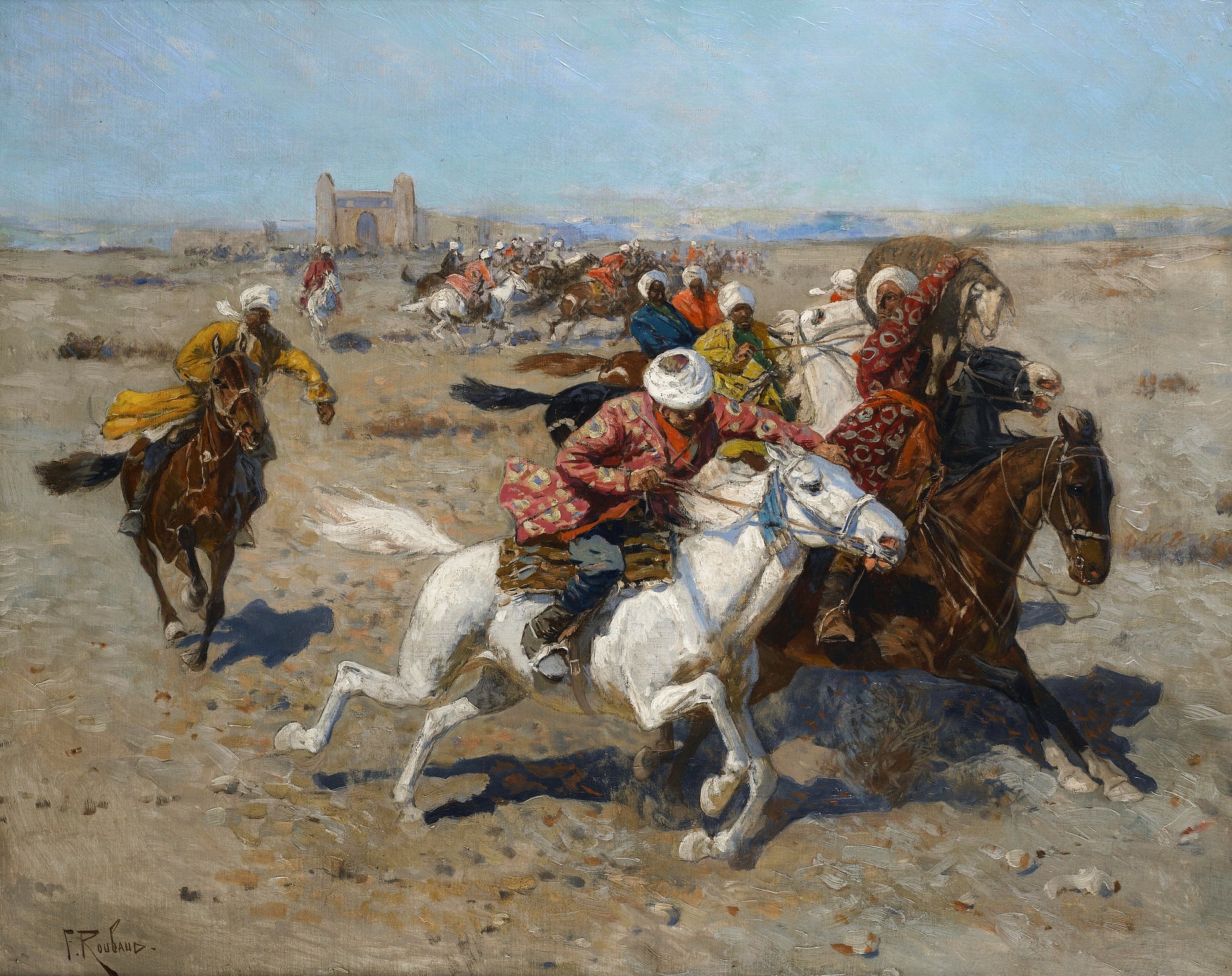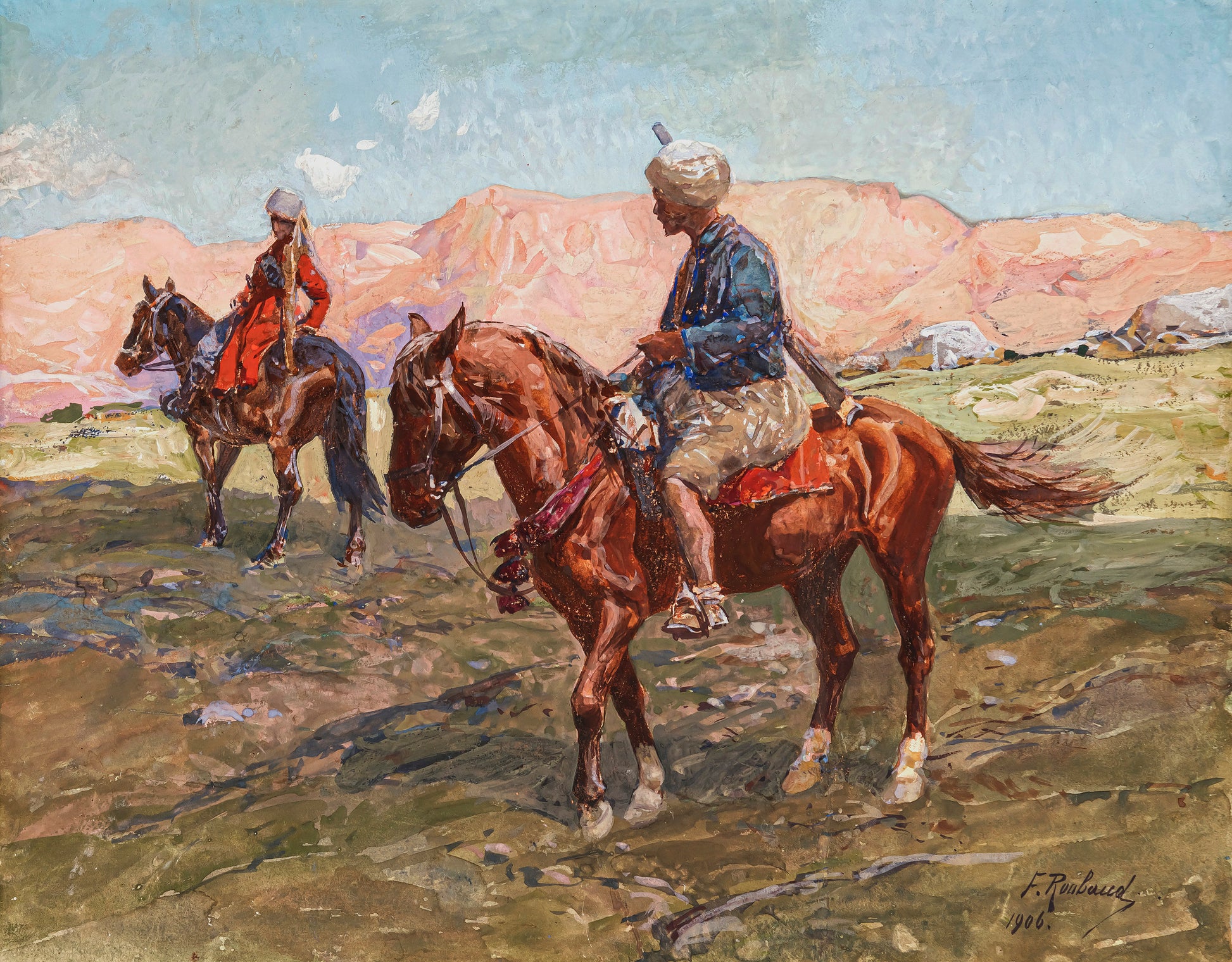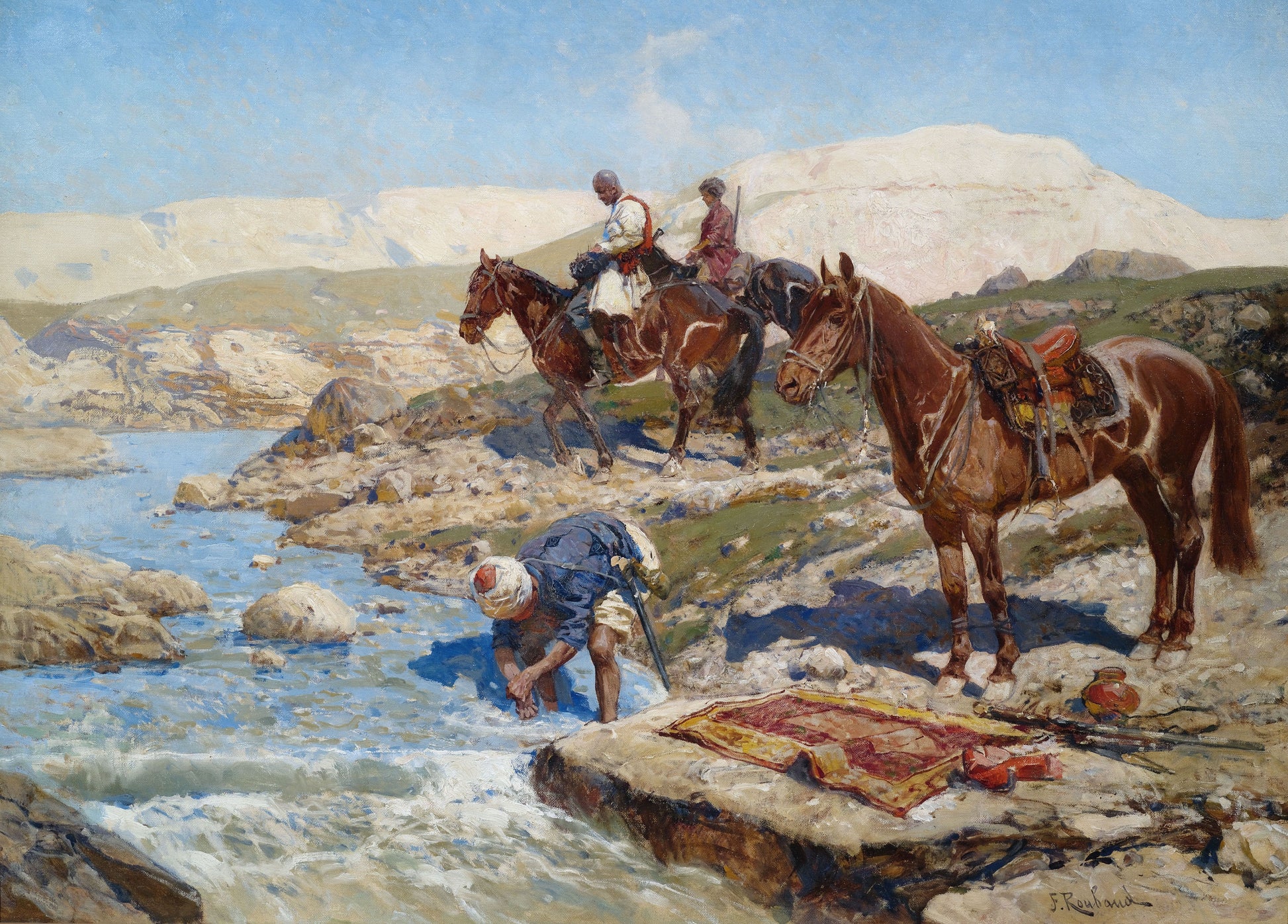Copperhead Press
Hadji Murad by Leo Tolstoy
Hadji Murad by Leo Tolstoy
Couldn't load pickup availability
Limited to 50 copies
Over Half Sold
Shipping December 2025
* 3 Available Copies to Ship in Dec 2025
Next Batch of Remaining Copies to Ship February 2026
Translated by Aylmer & Louise Maude
Tolstoy's Classic Novella
Hadji Murad, Leo Tolstoy's final novella, was completed in 1904 and published posthumously in 1912. Set during the Caucasian War of the mid-19th century, it recounts the true story of Hadji Murad, a legendary Avar warrior who defected from the Islamic resistance to seek refuge with the Russian Empire — only to find himself caught between two implacable forces.
Told with Tolstoy’s hallmark realism and moral clarity, Hadji Murad is a tightly woven tale of honor, betrayal, and the tragedy of war. Through the complex figure of Murad—a man both noble and doomed—Tolstoy examines the futility of empire, the cruelty of conflict, and the dignity of individual conscience.
Often praised as one of Tolstoy’s greatest works, this novella distills the philosophical weight of his longer novels into a story both intimate and epic and has drawn admiration from writers such as Harold Bloom and Vladimir Nabokov.
Book Features
- Foreword by Copperhead Press
- Half-bound with golden lambskin suede (not suede cloth)
- Covers wrapped in marbled paper
- White felt paper spine label
- Blue Bugra endpapers, high-quality mould-made paper from Hahnemuhle Mill, Germany
- Blue and white silk headbands
- White satin ribbon marker
- Hand-sewn with golden honey book thread
- 288 pages
Slipcase Features
- Handmade with high-density book board
- Wrapped in Smoke book cloth
- Watercolor inset by Franz Rimbaud
- Measures 7 5/8" x 5 5/8"
Printing & Paper
- High-End Offset Four-Color Printing
- White Felt Paper
- Chapters and Page Numbers Printed in Dark Orange Font.
Illustrations
This edition features 13 original illustrations by artist Franz Rimbaud.
From 1904 to 1912, Rimbaud served as a professor at the St. Petersburg Academy of Arts. Over the course of his career, he became known for his vivid depictions of life among the Caucasian mountain tribes, often portraying Kyrgyz and Circassian horsemen. His work is a natural complement to Hadji Murad, offering a rich visual accompaniment to Tolstoy’s portrayal of the region and its people.
Share


